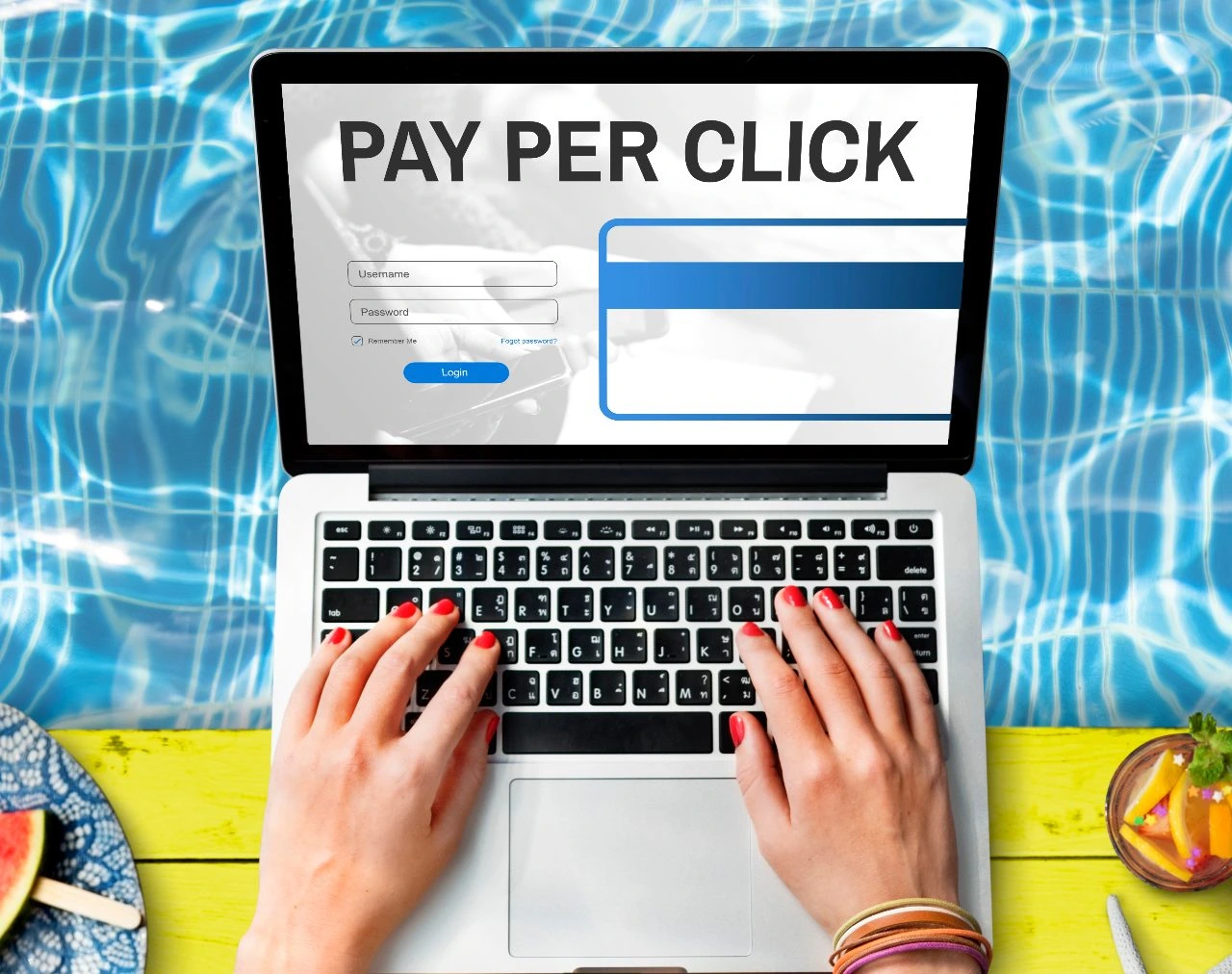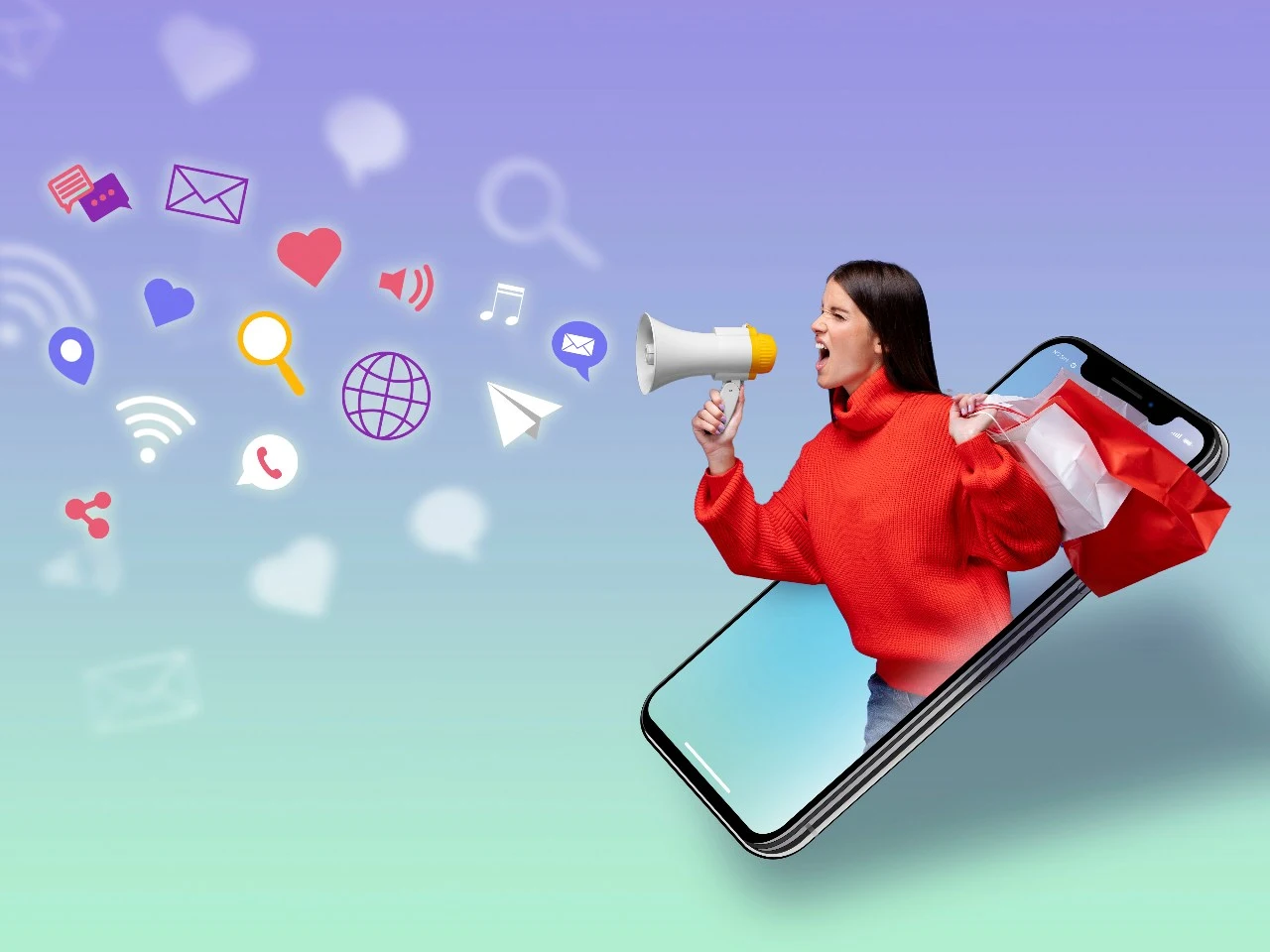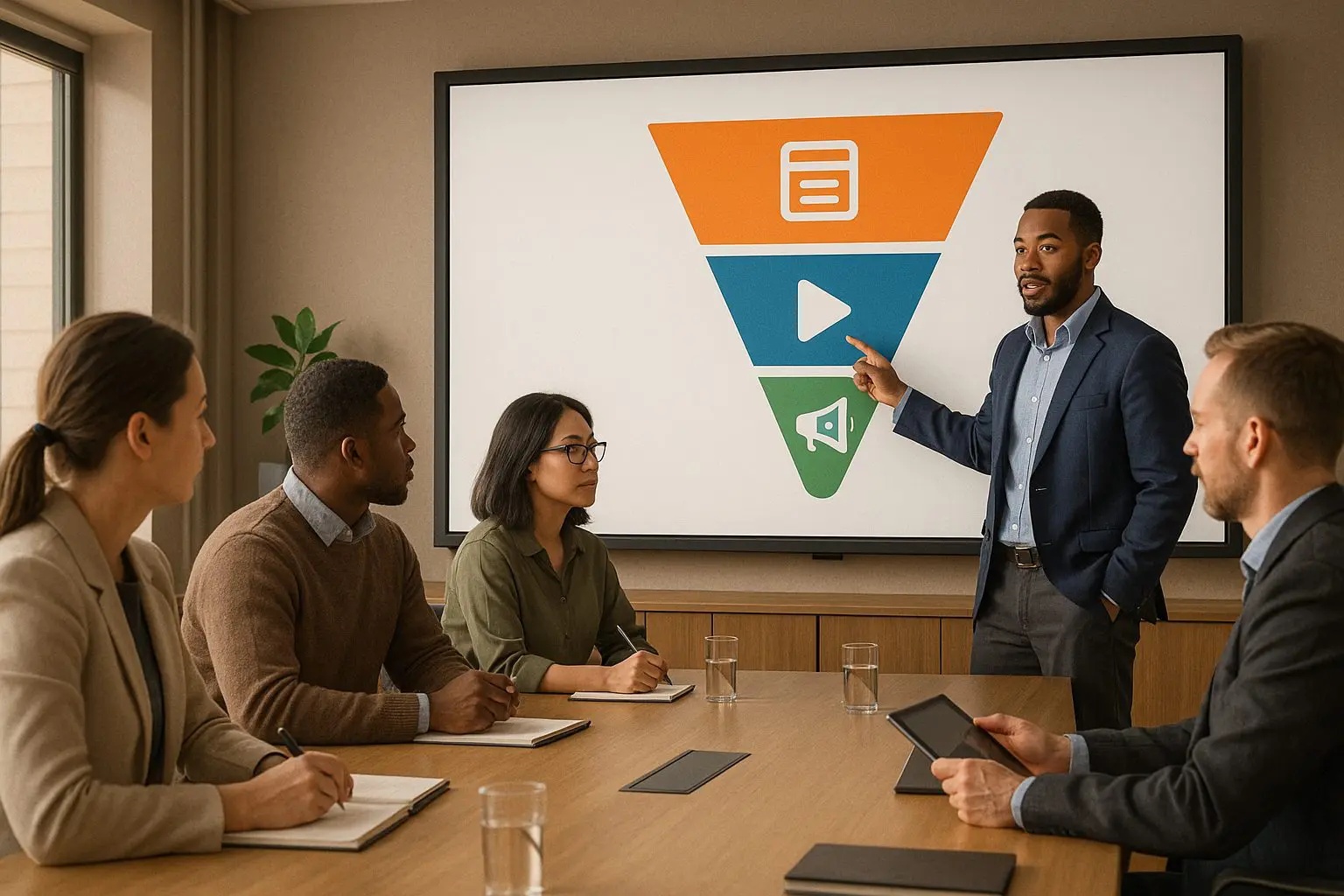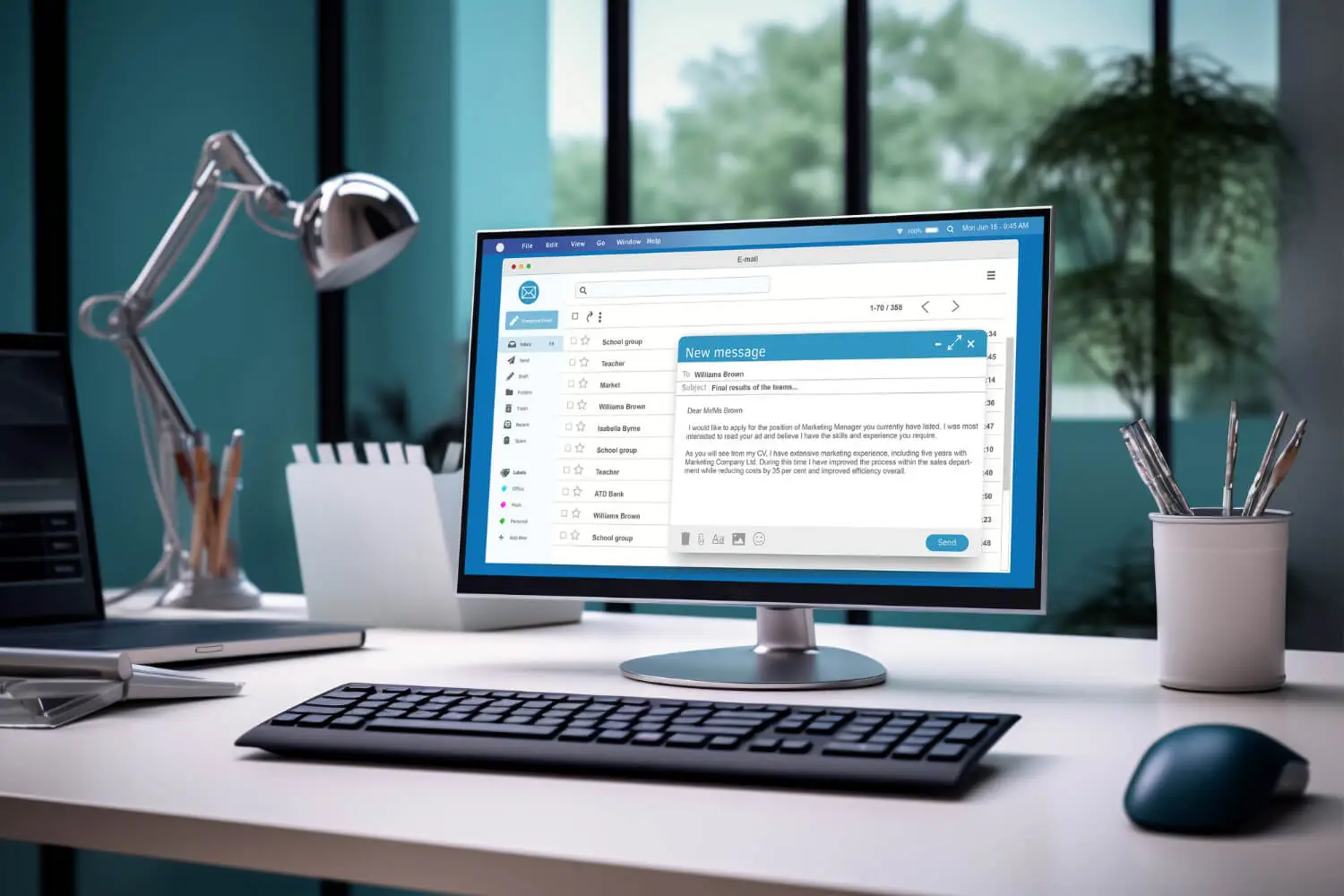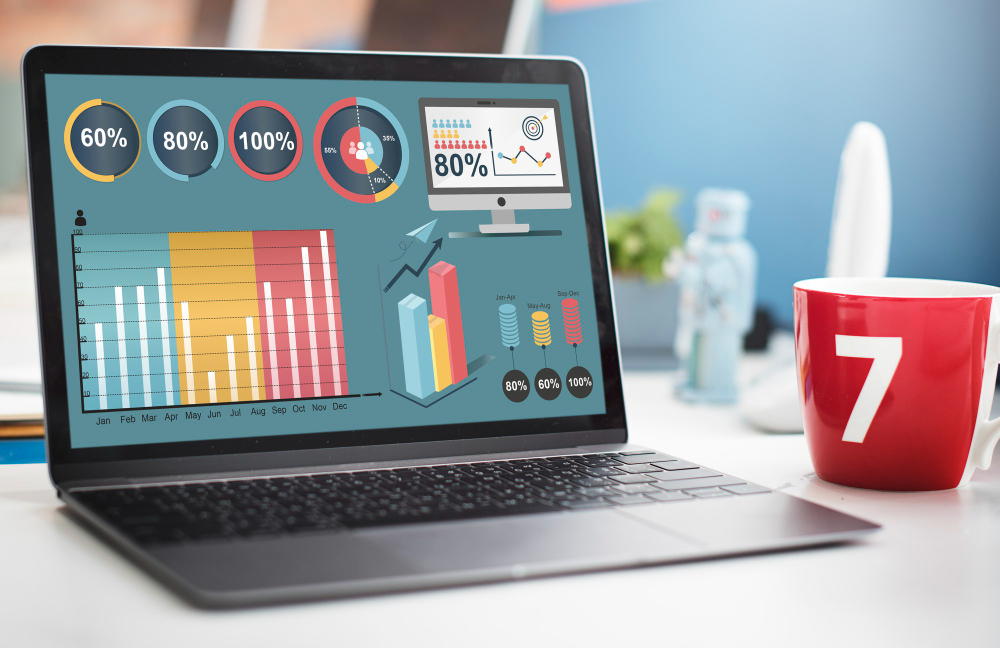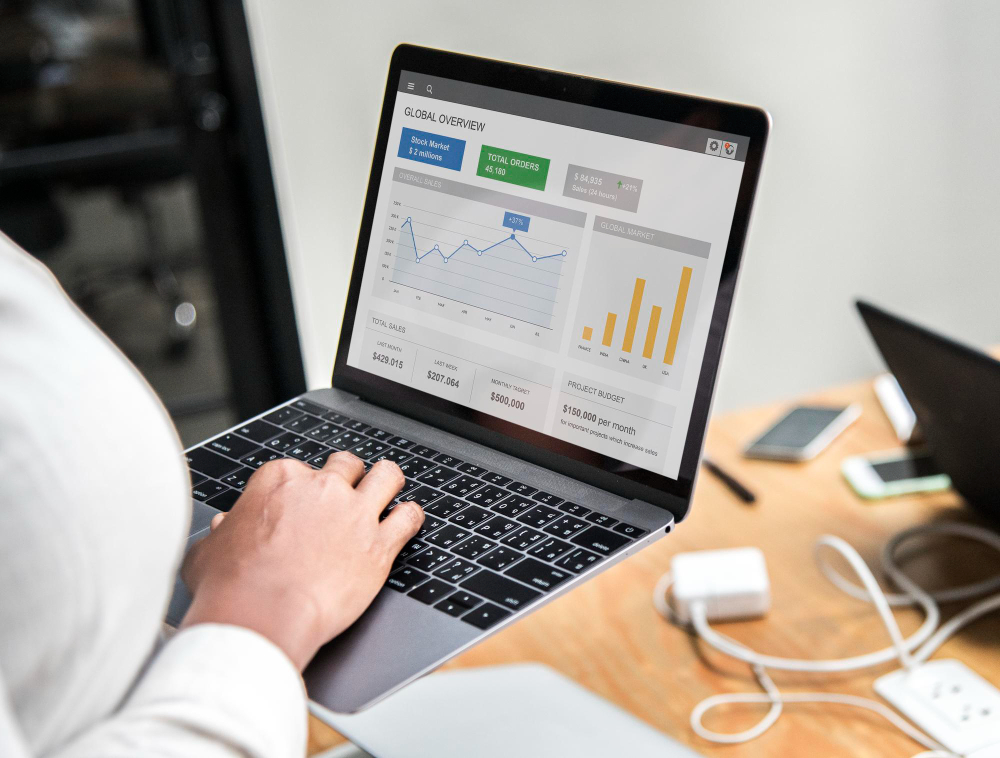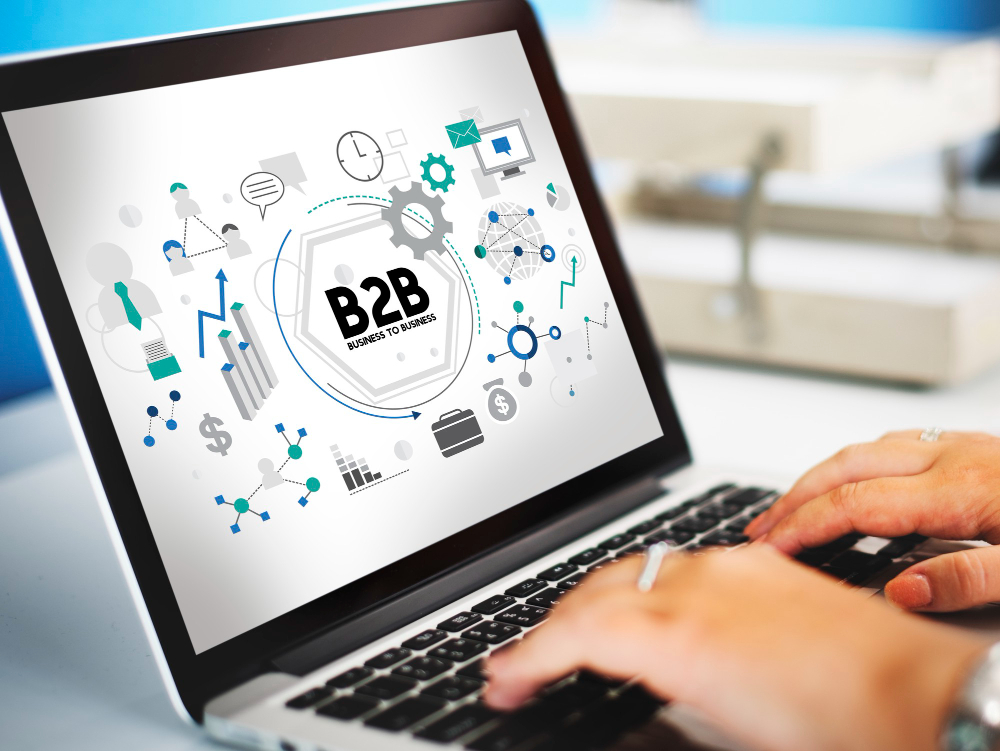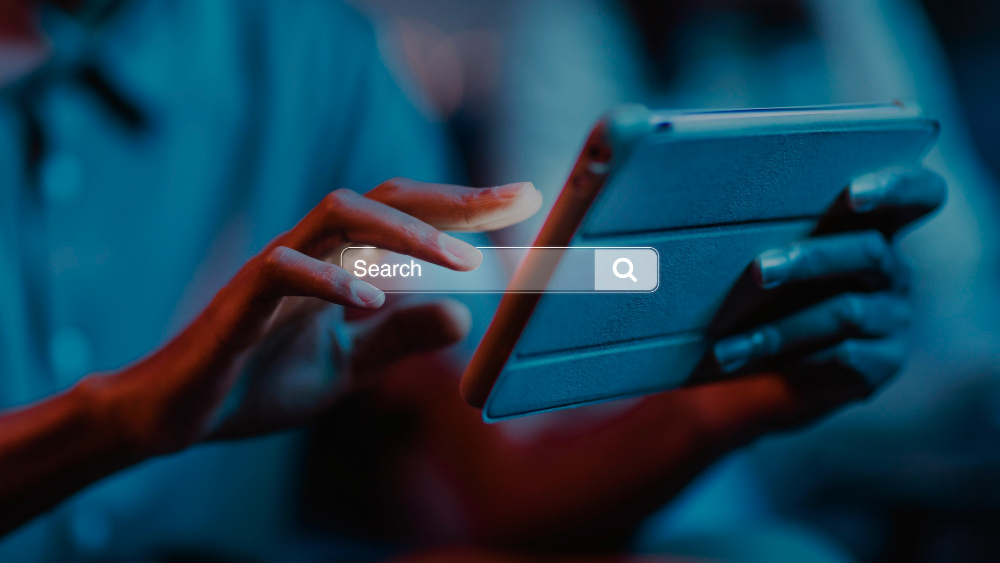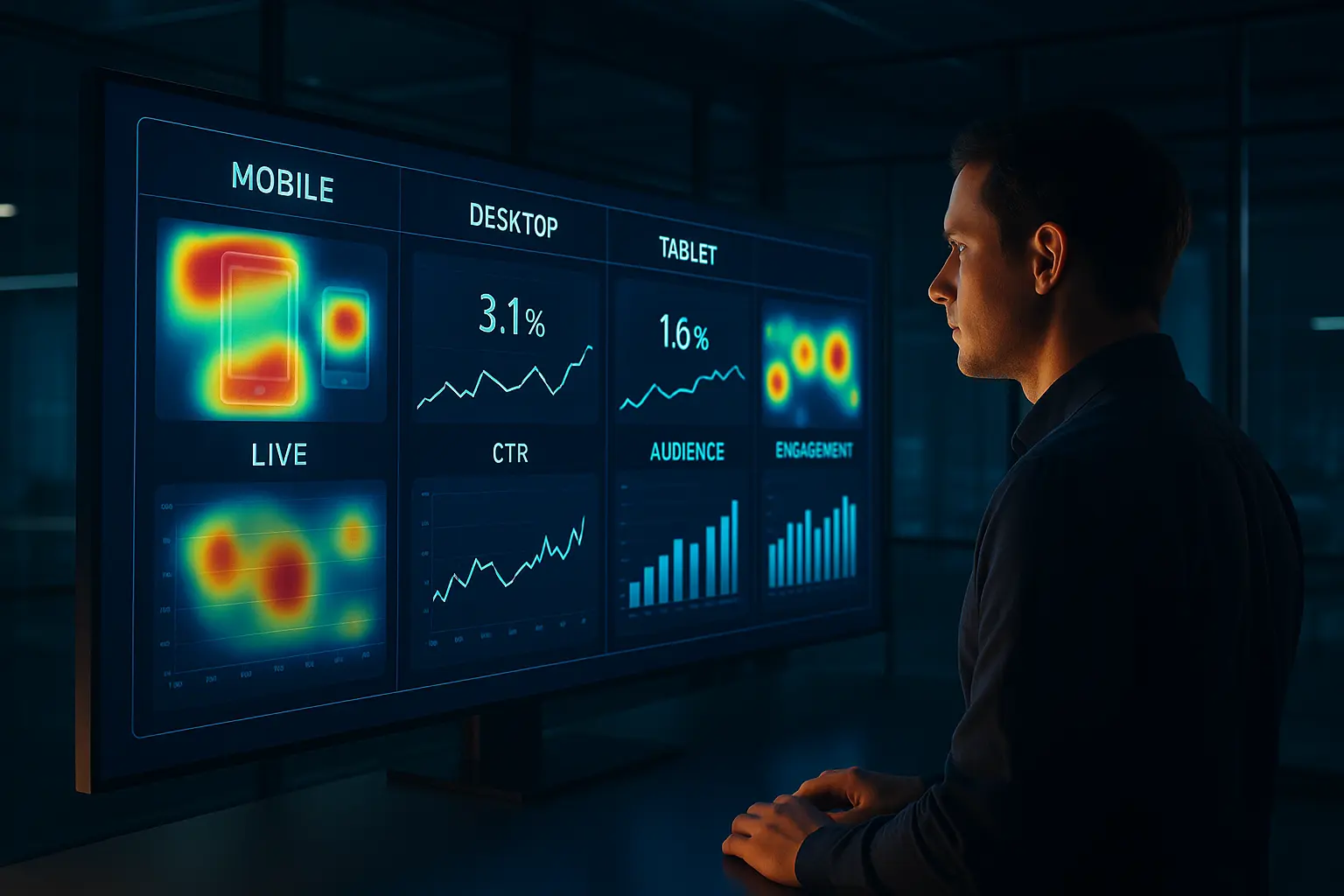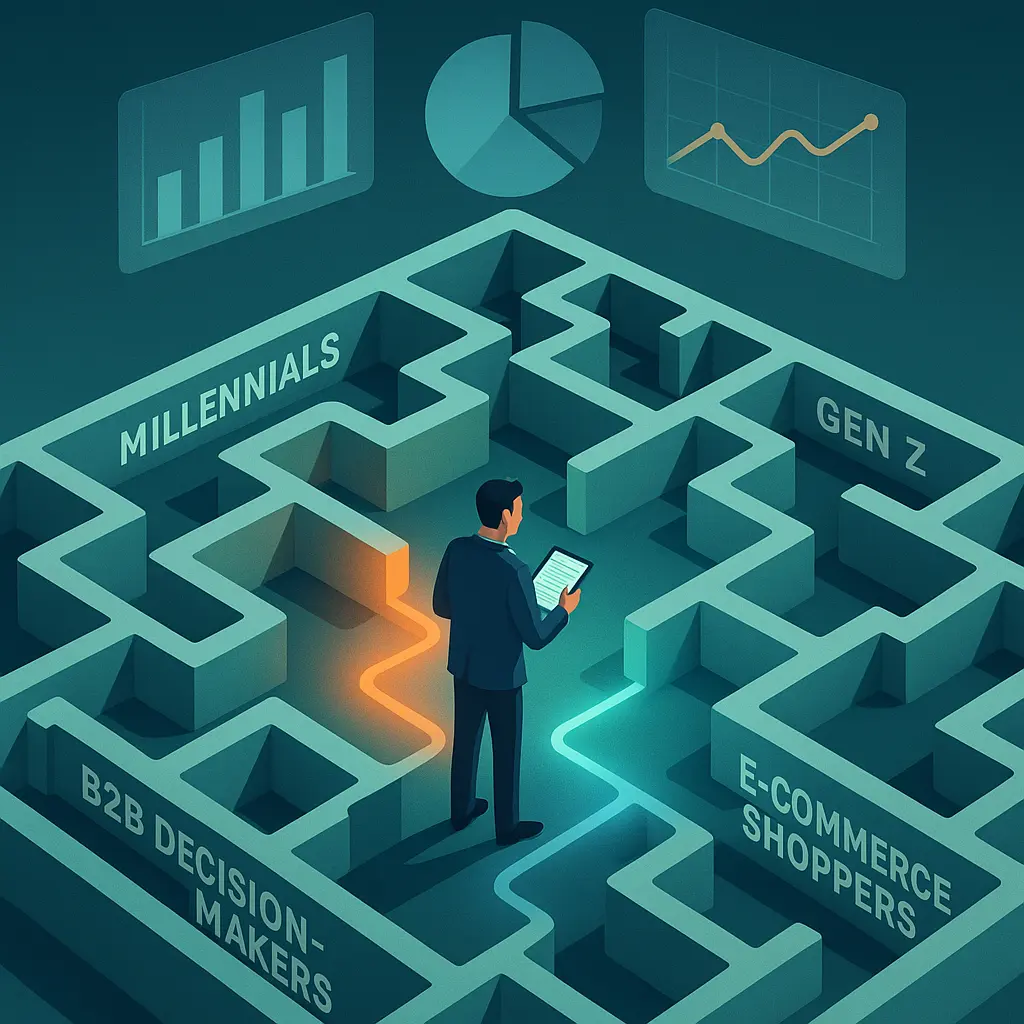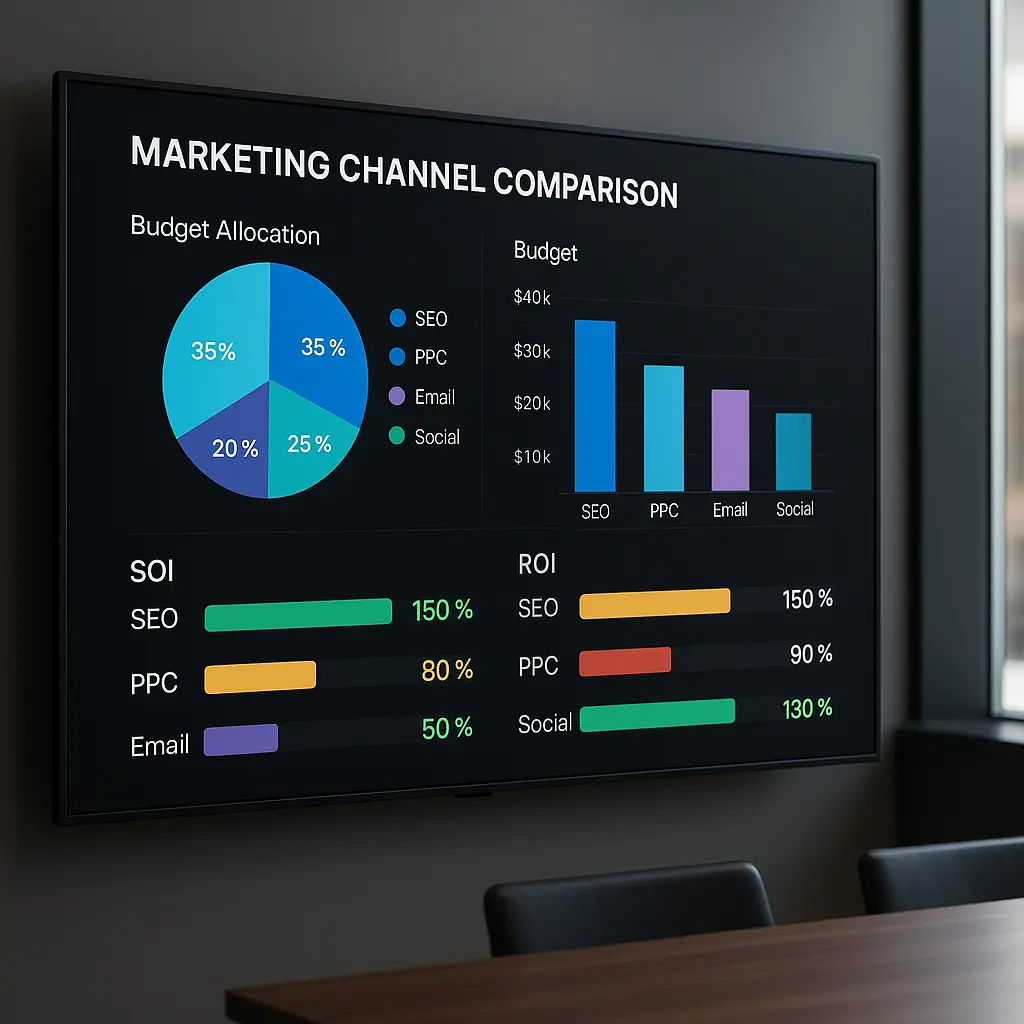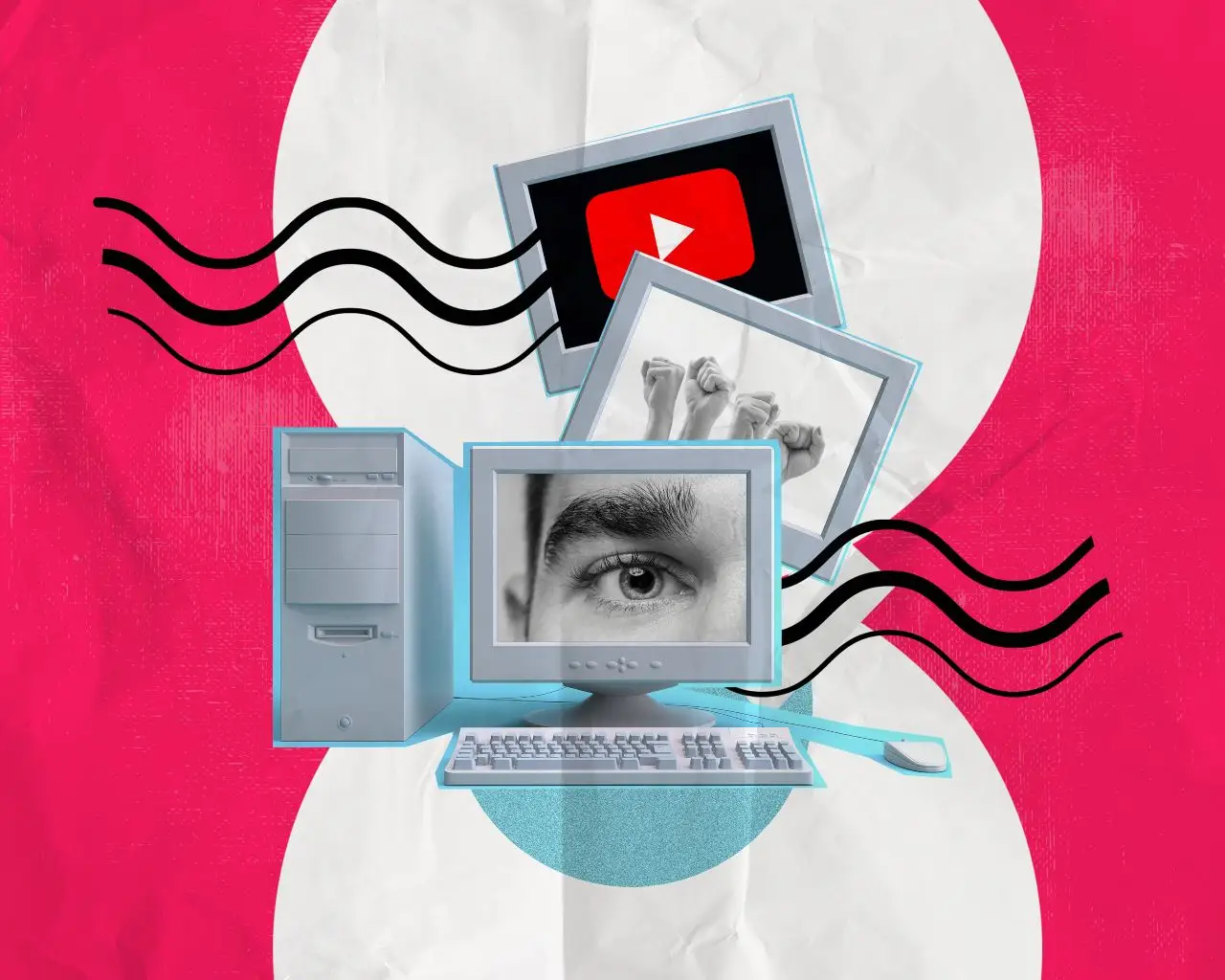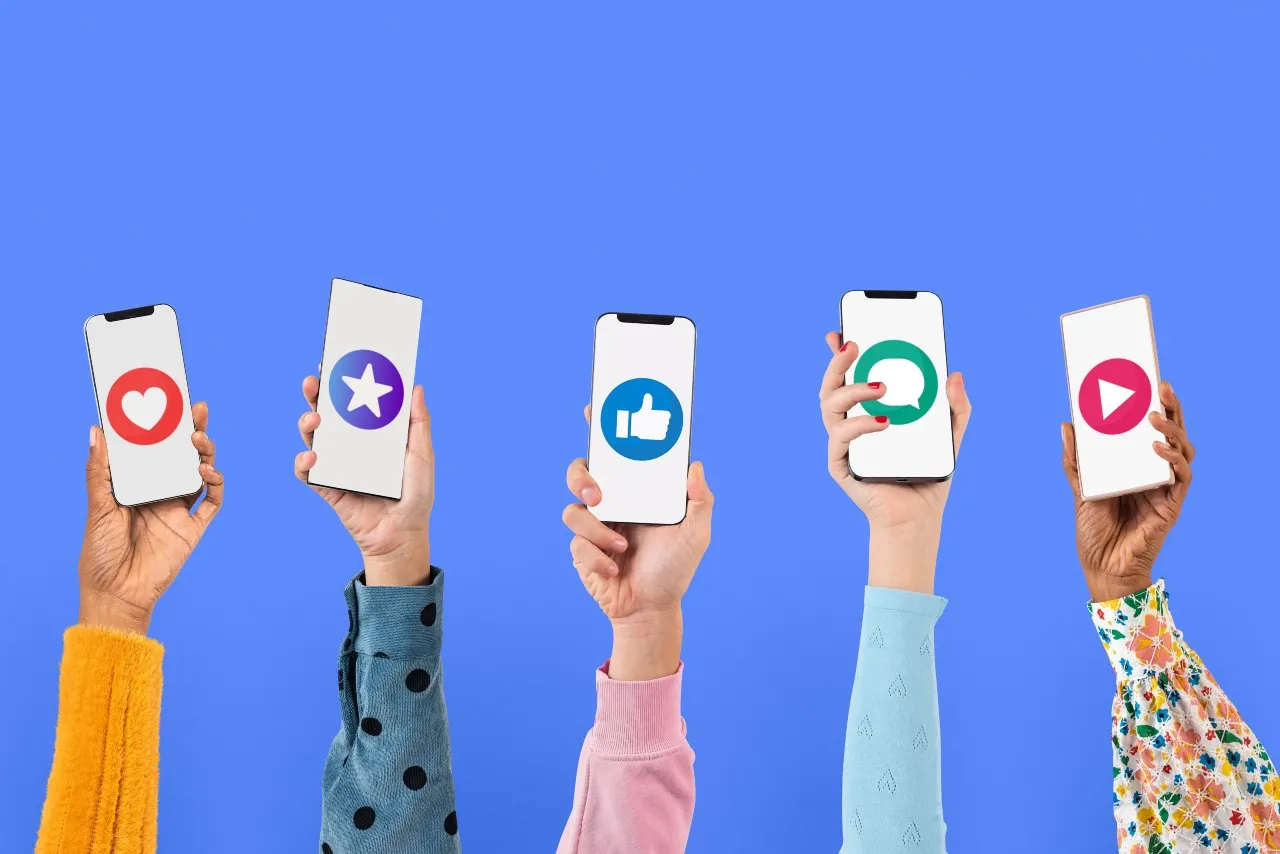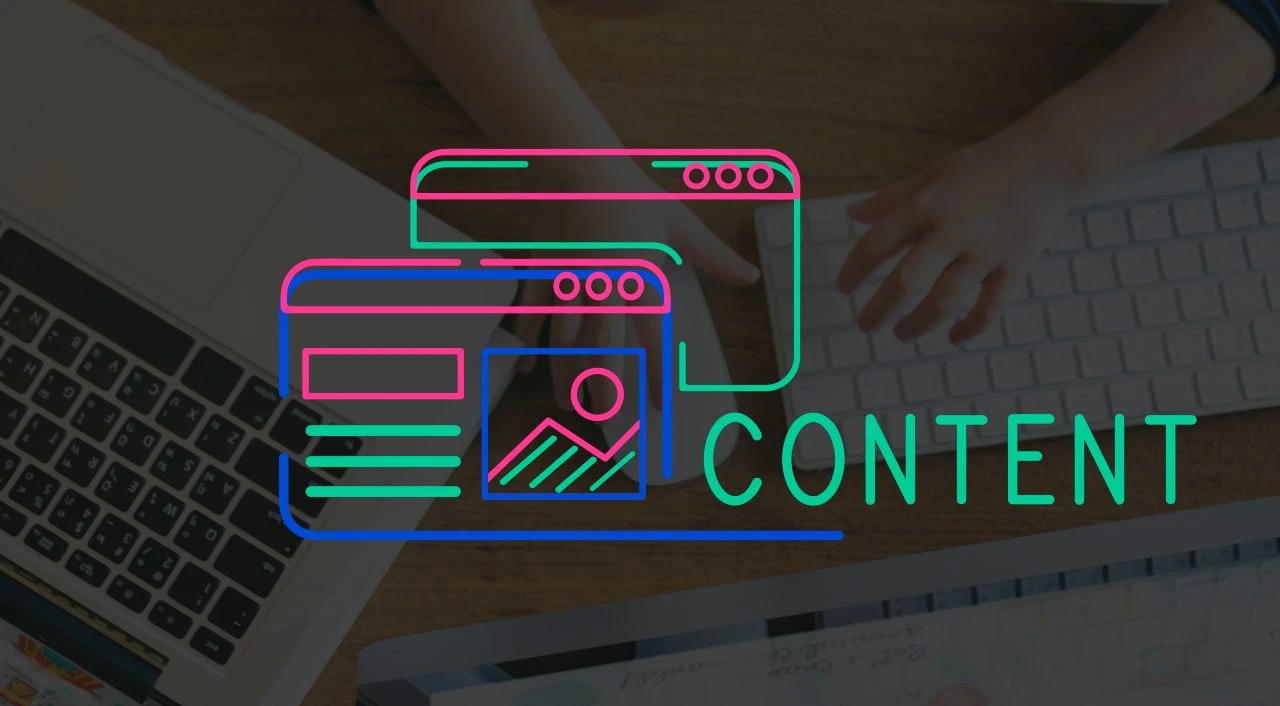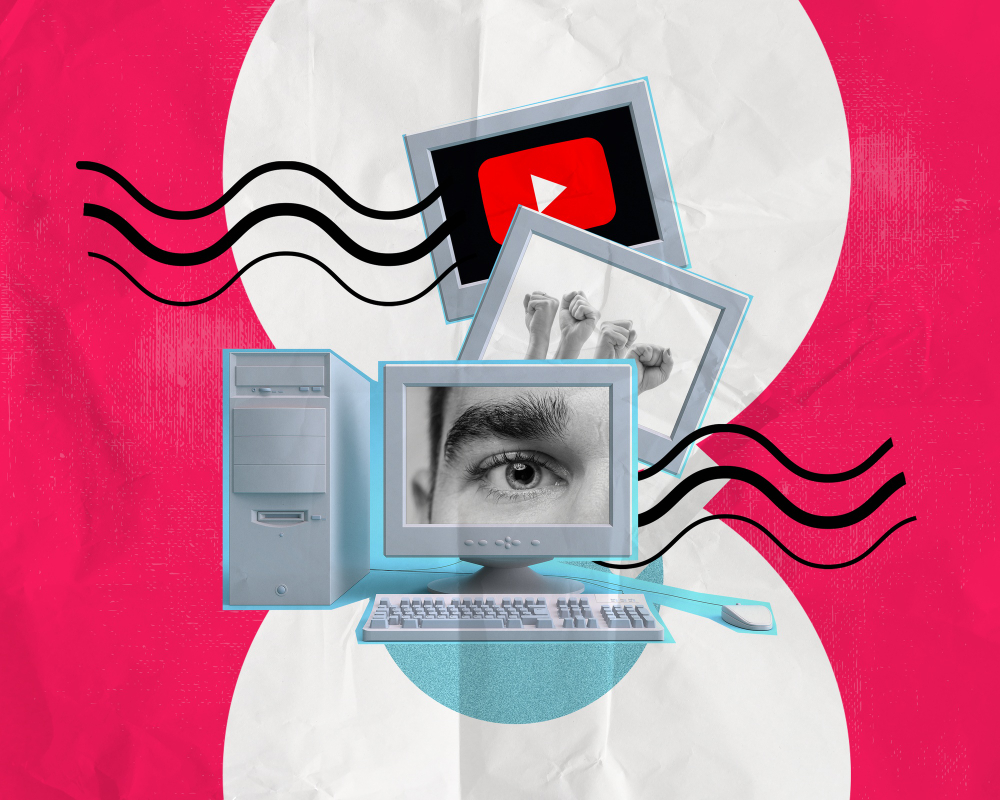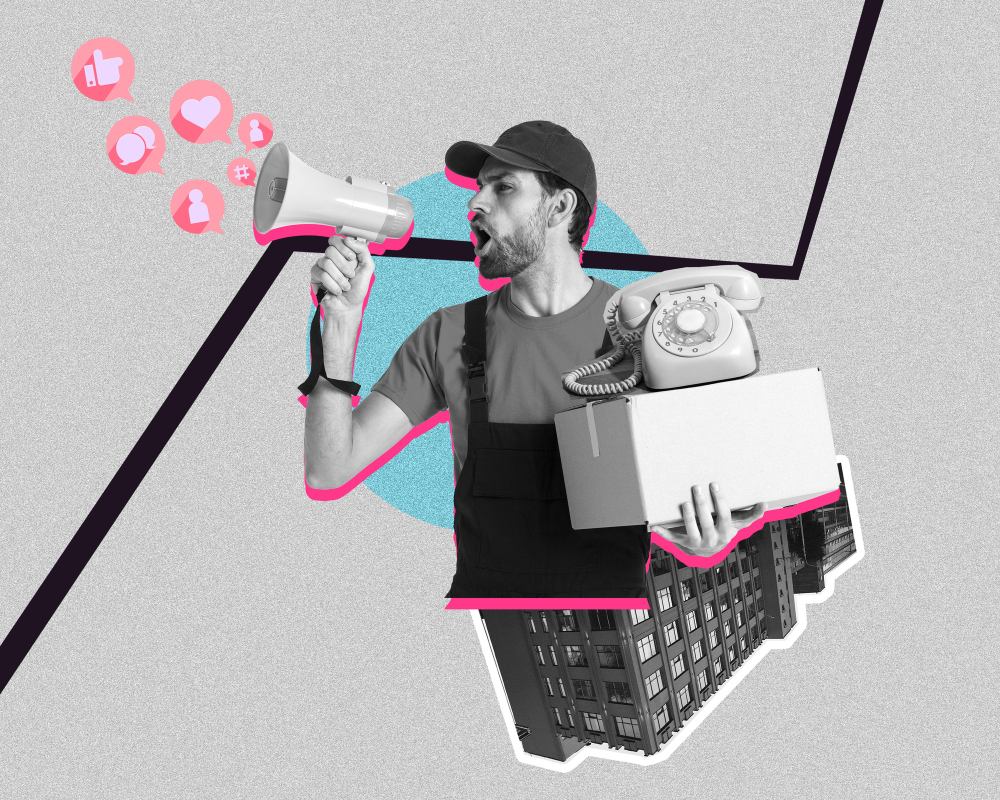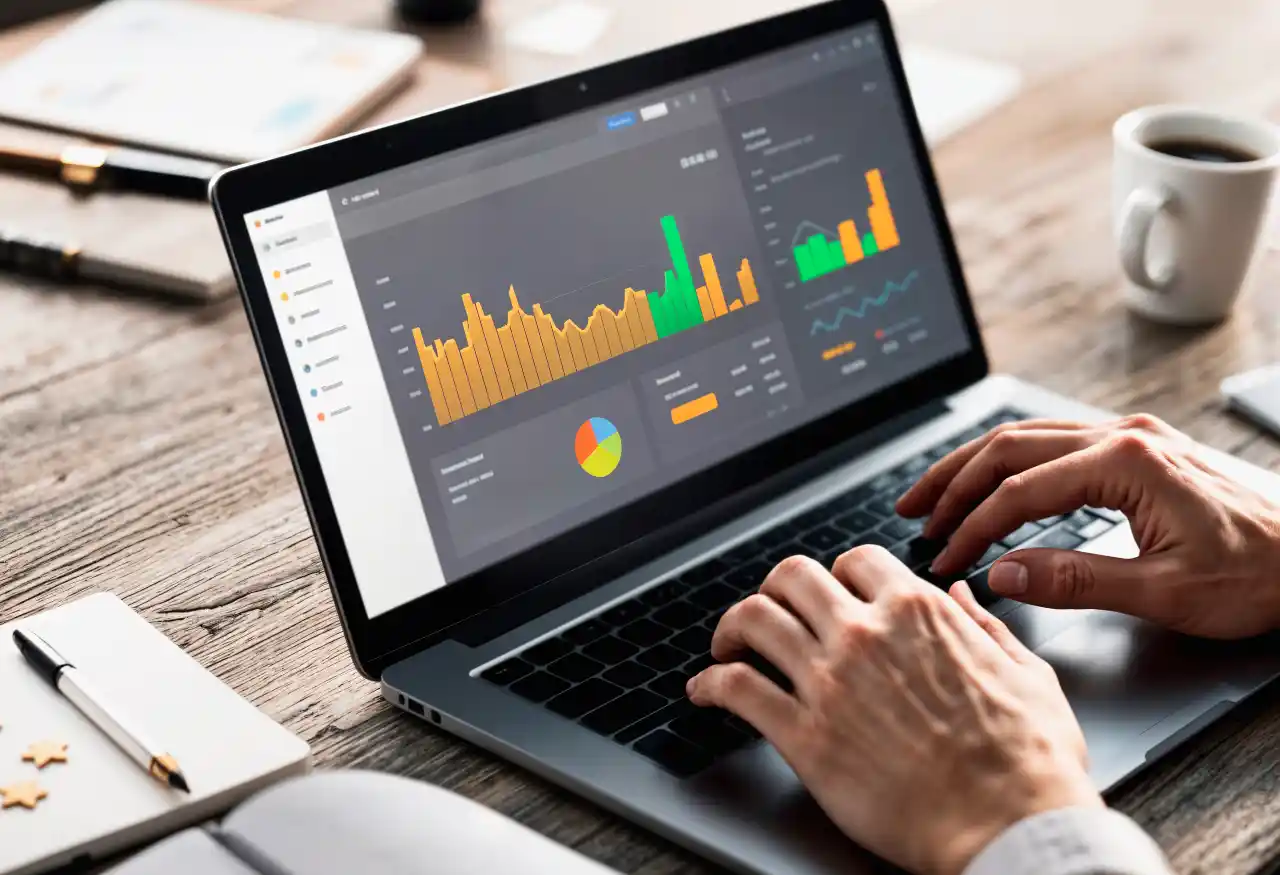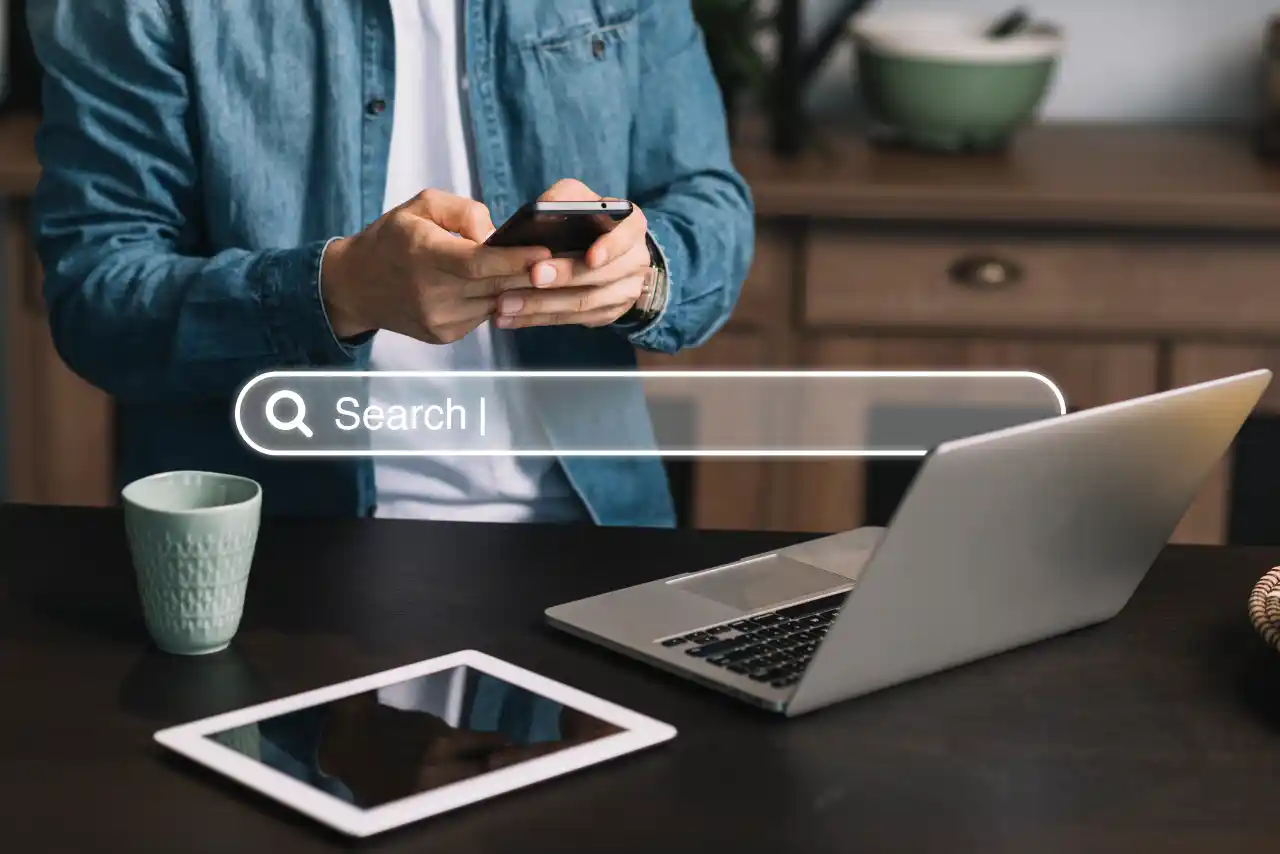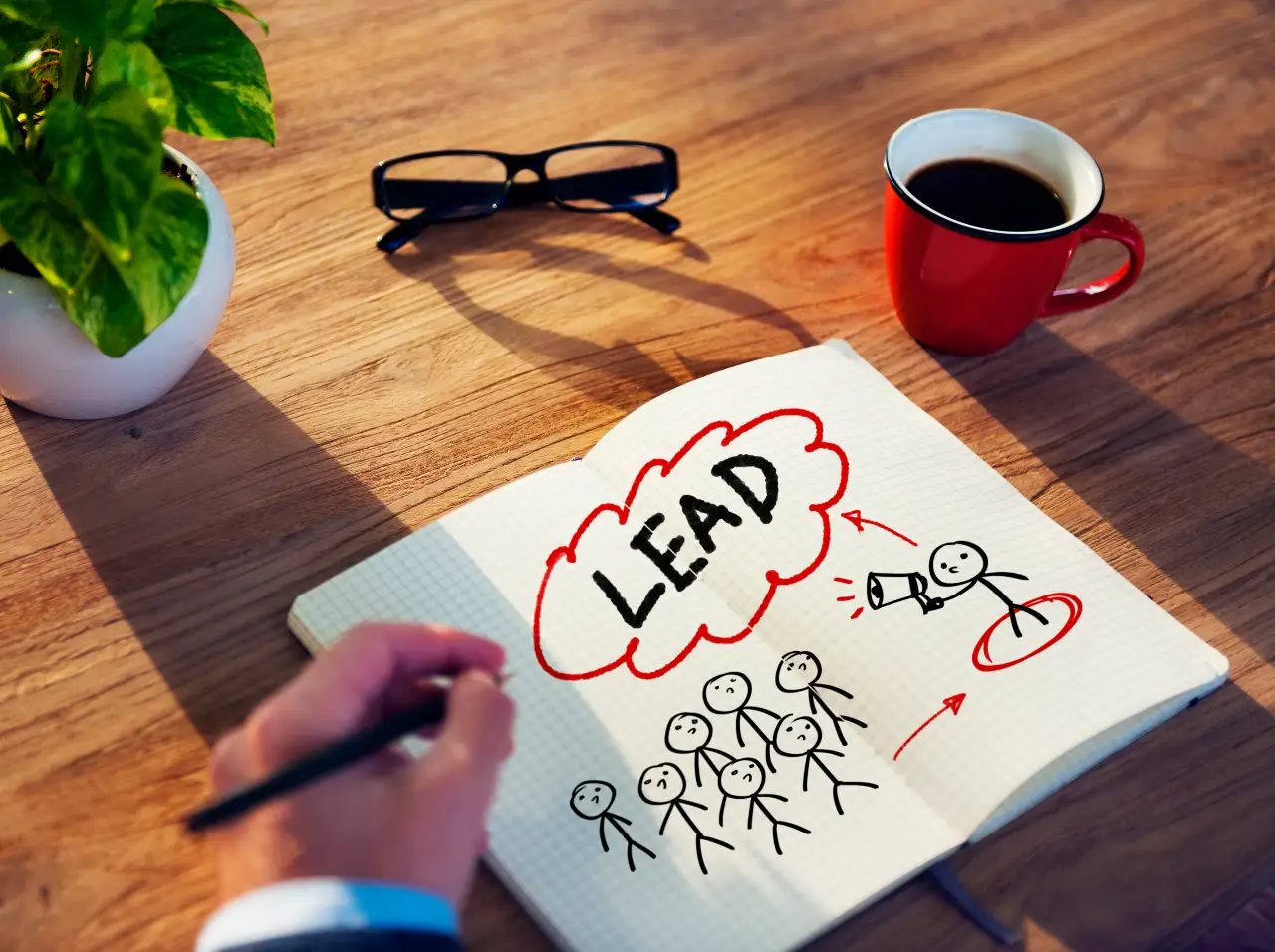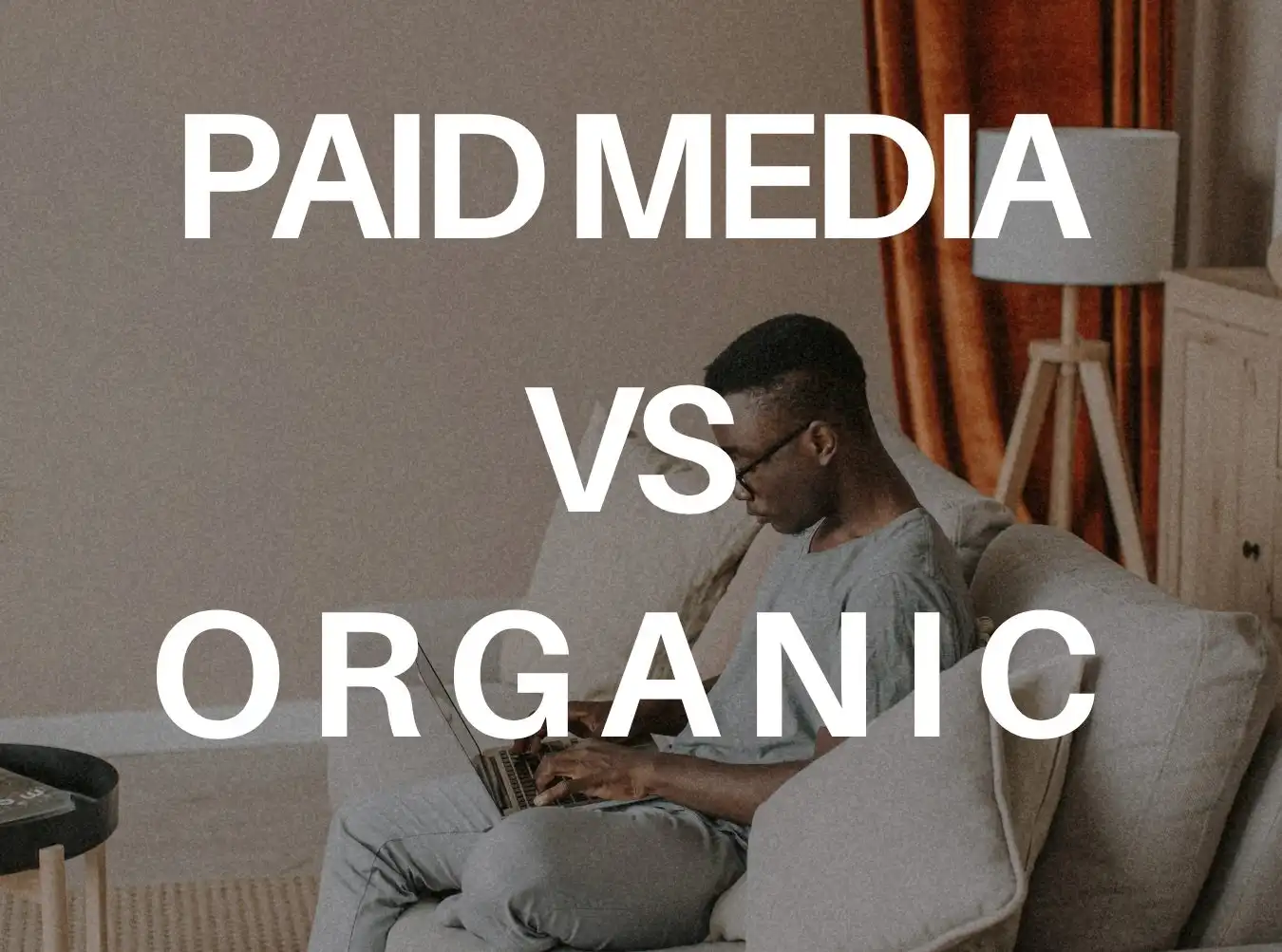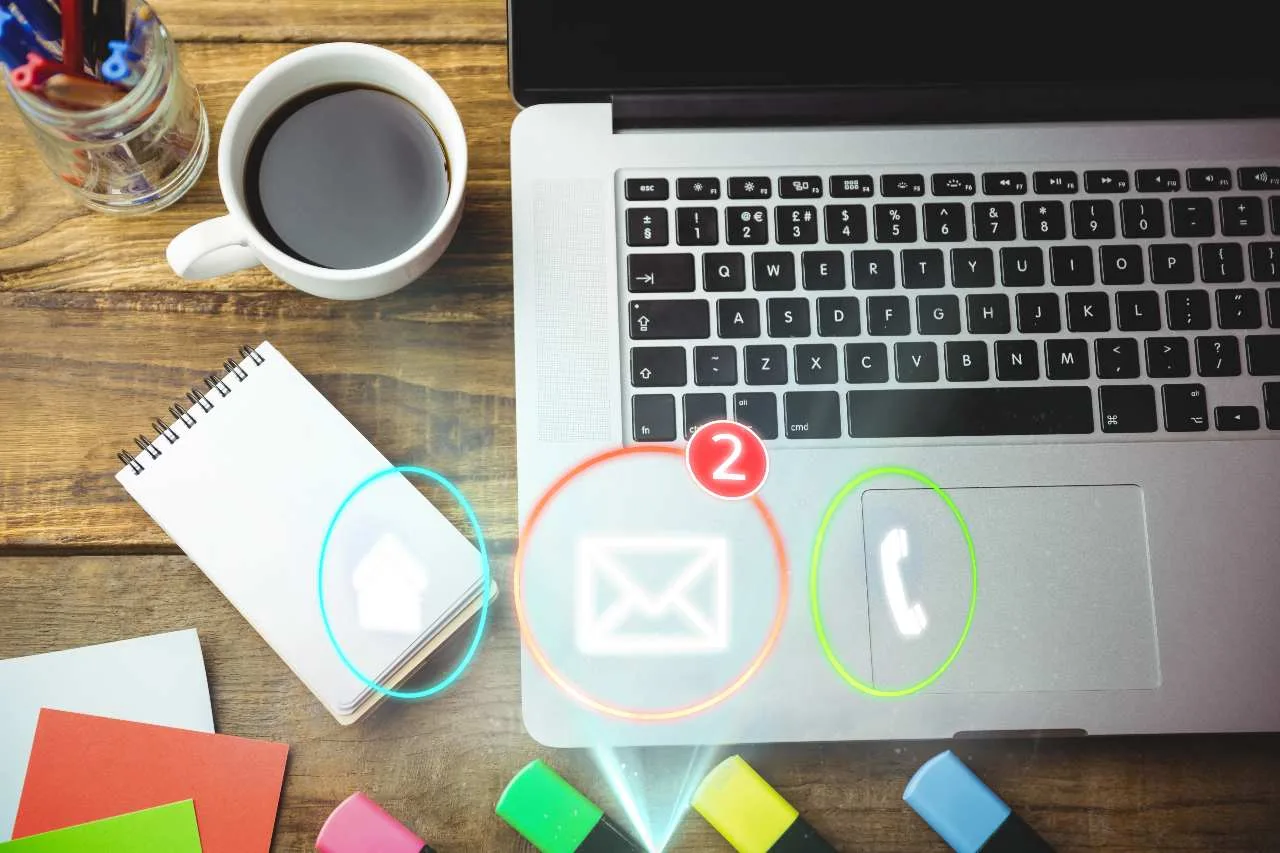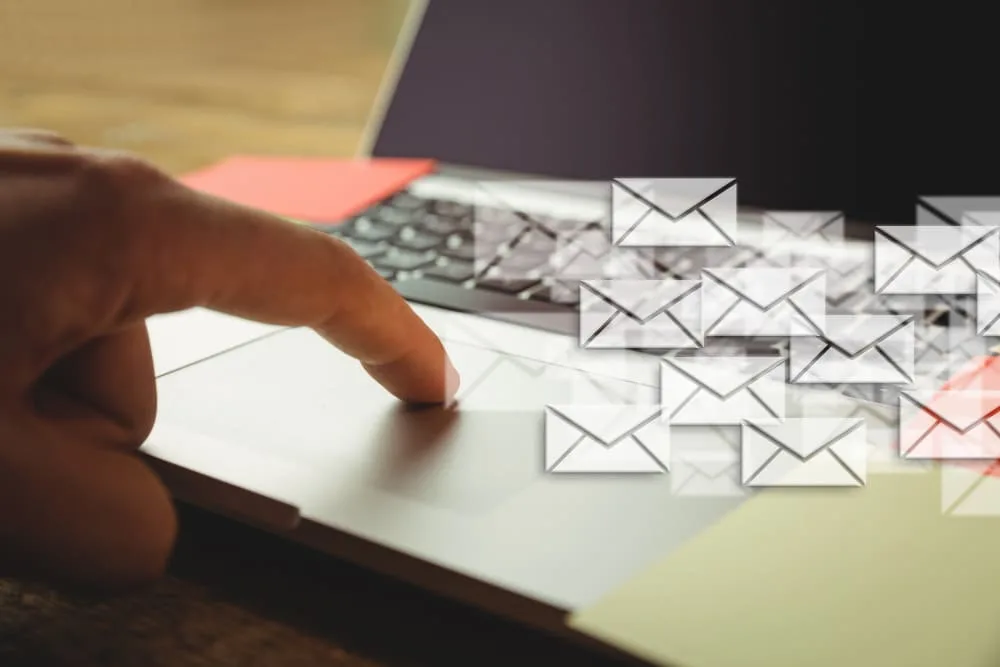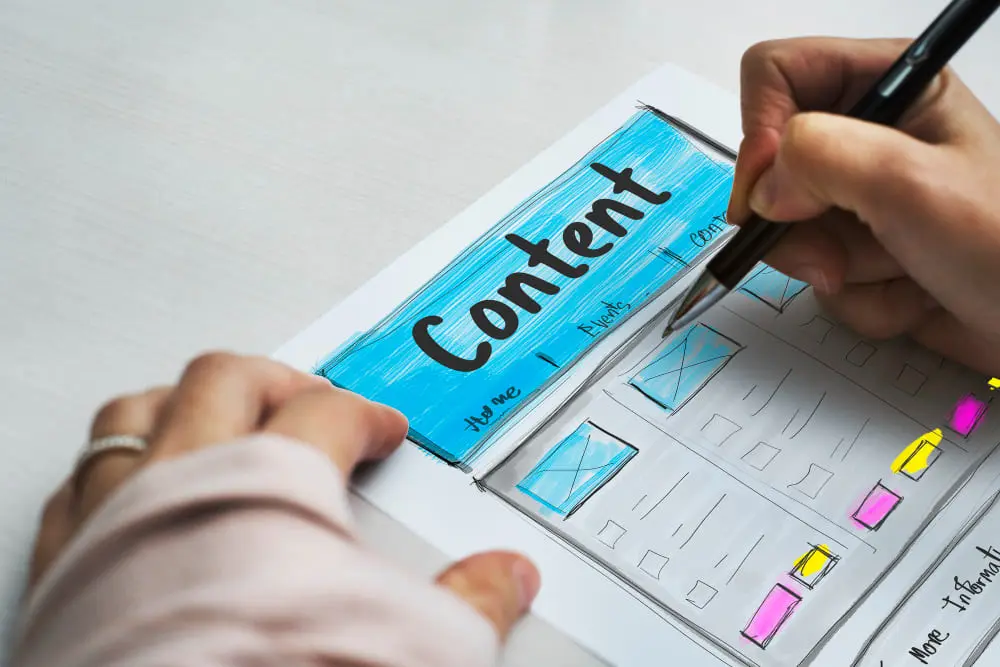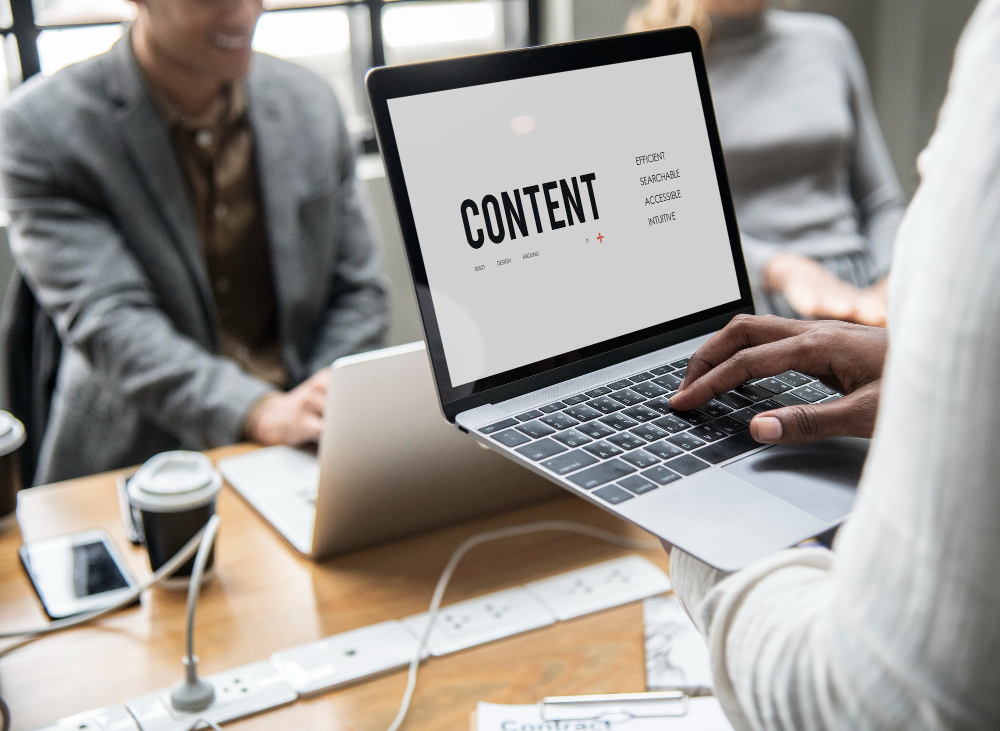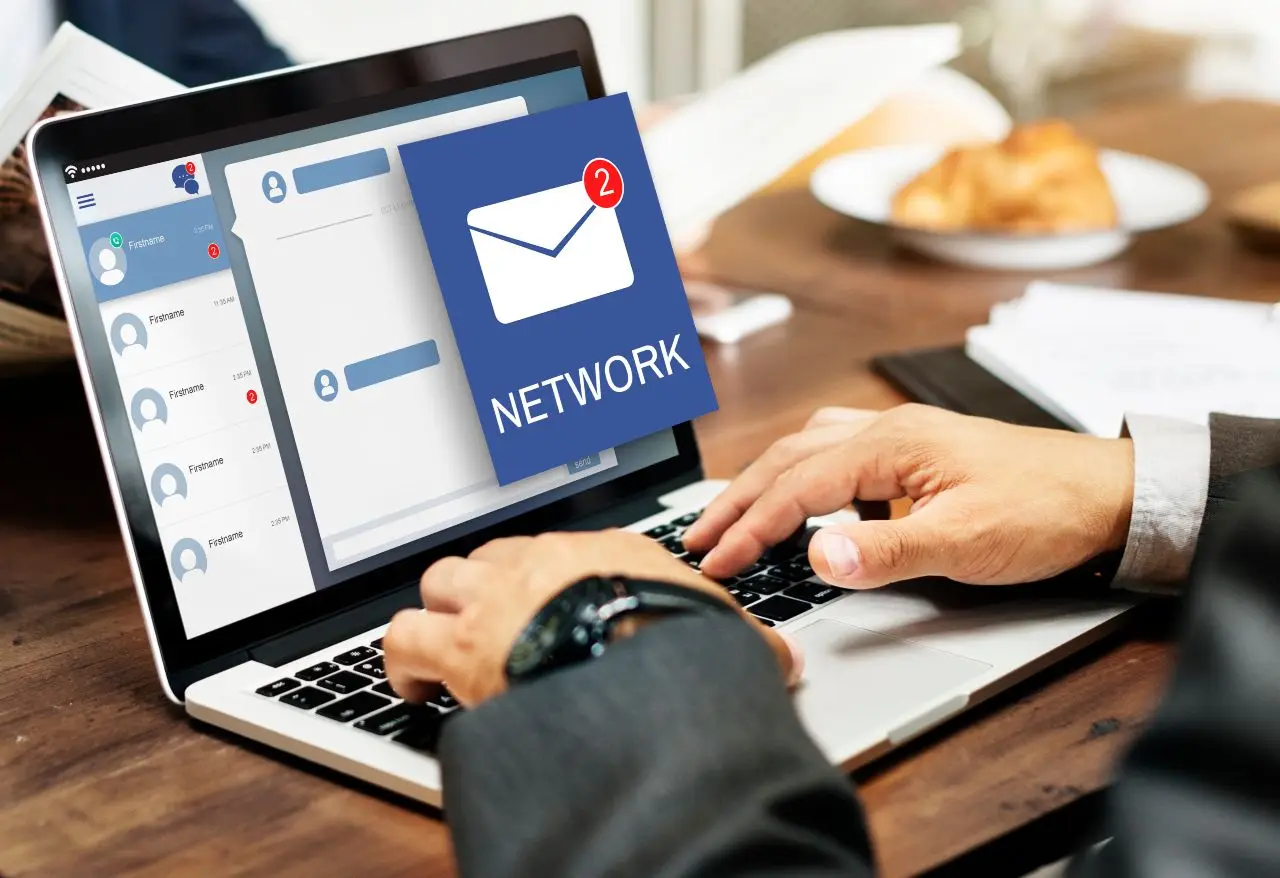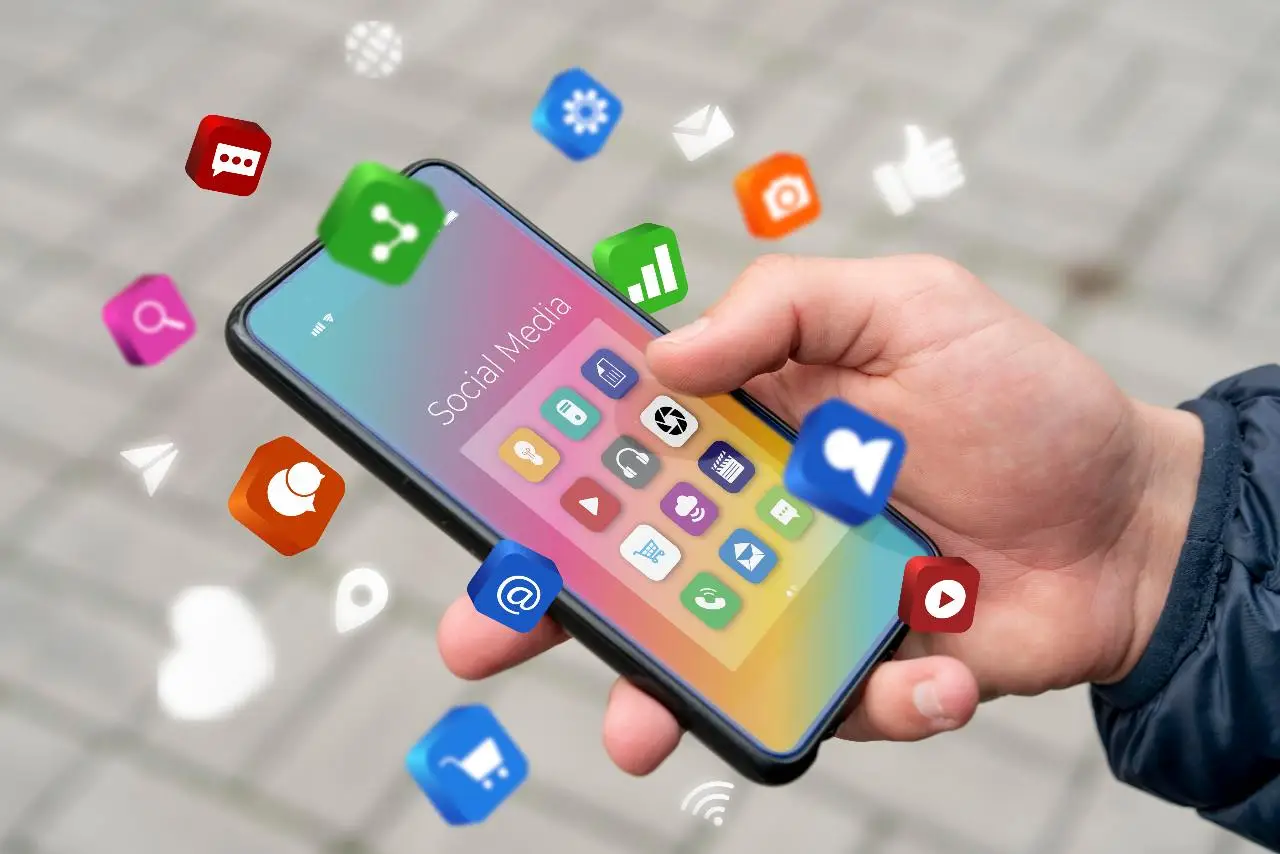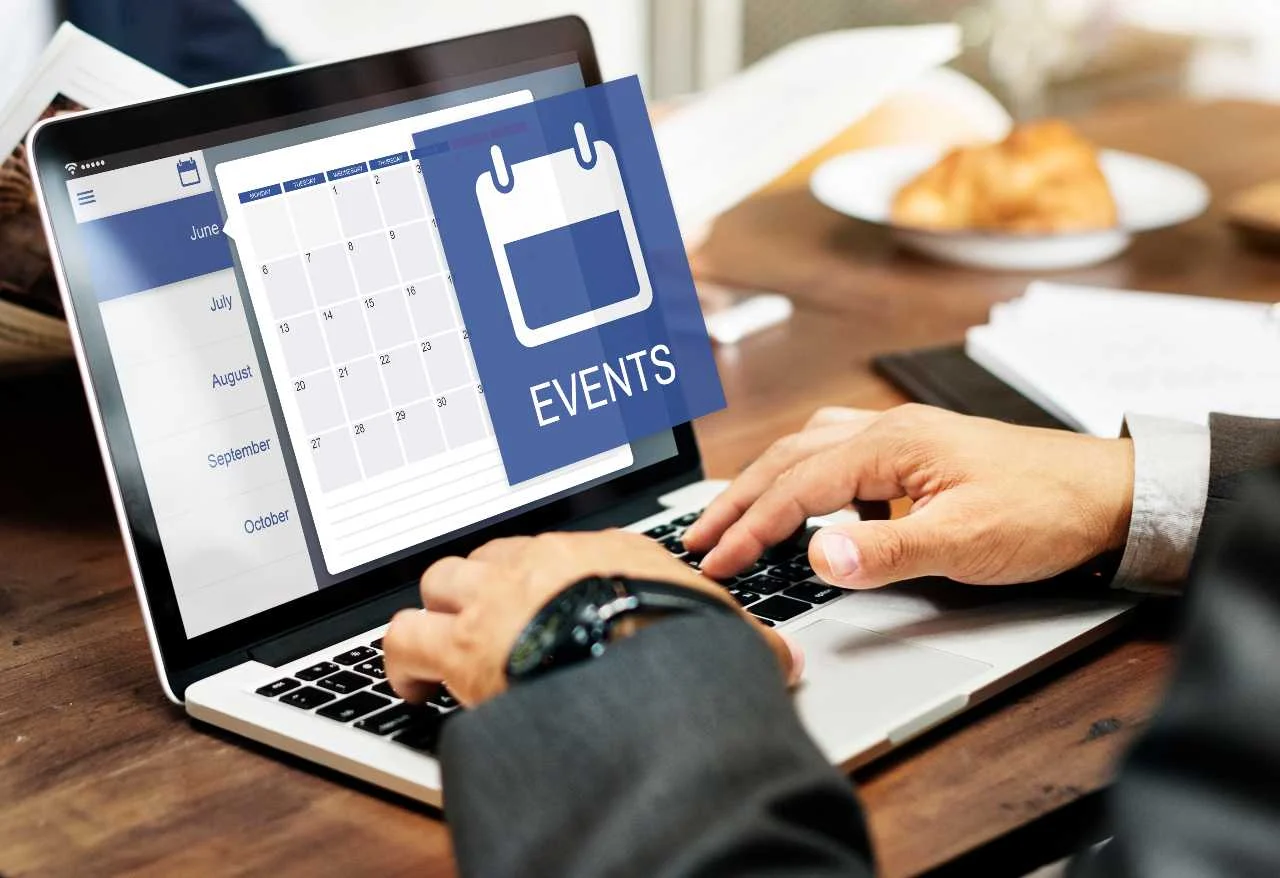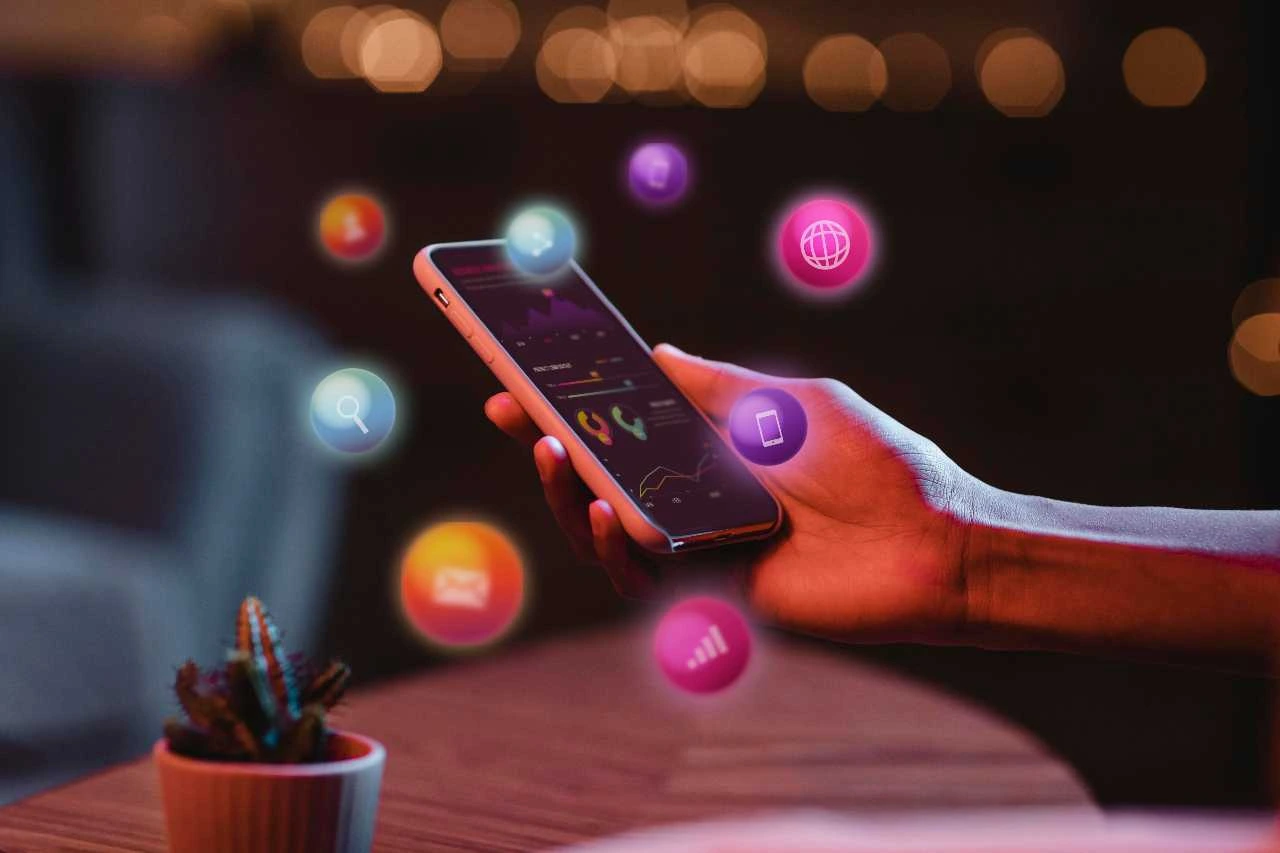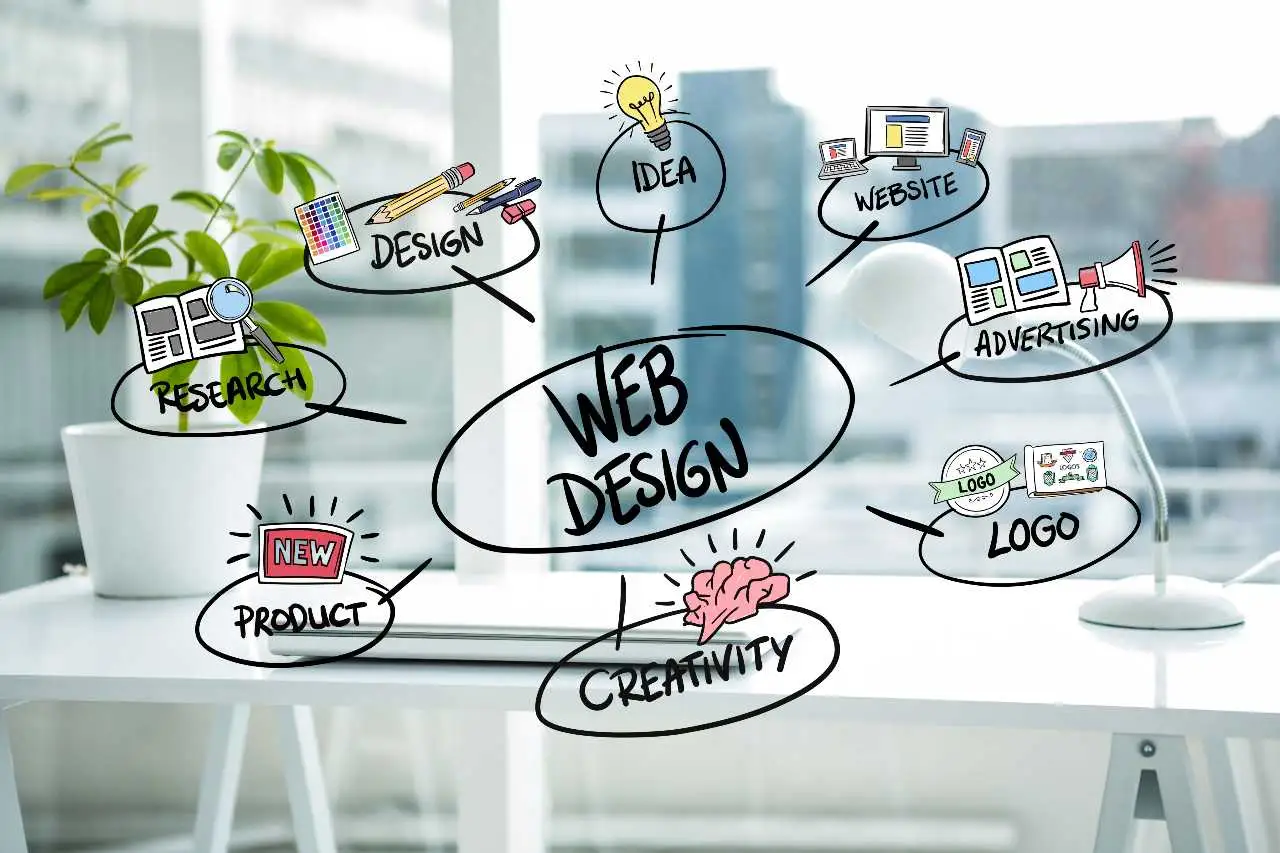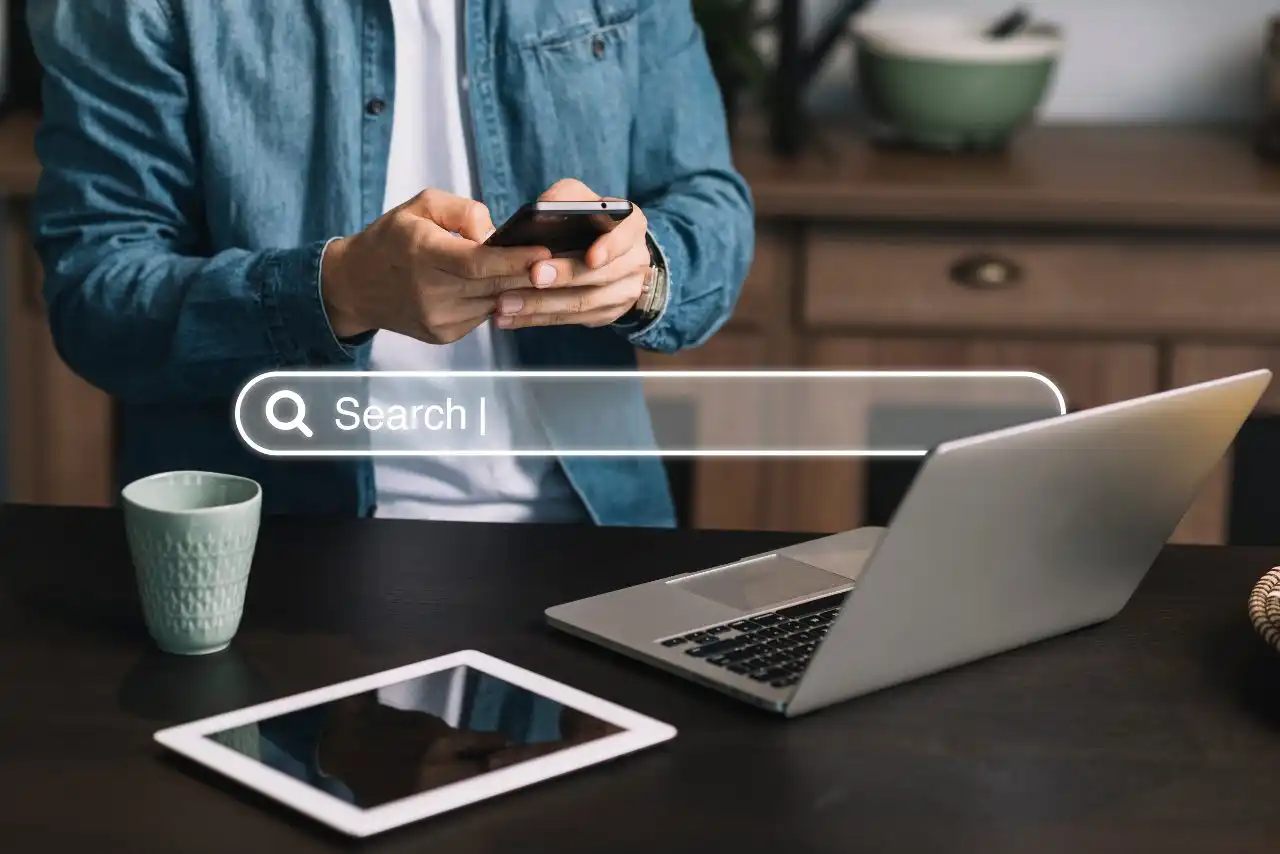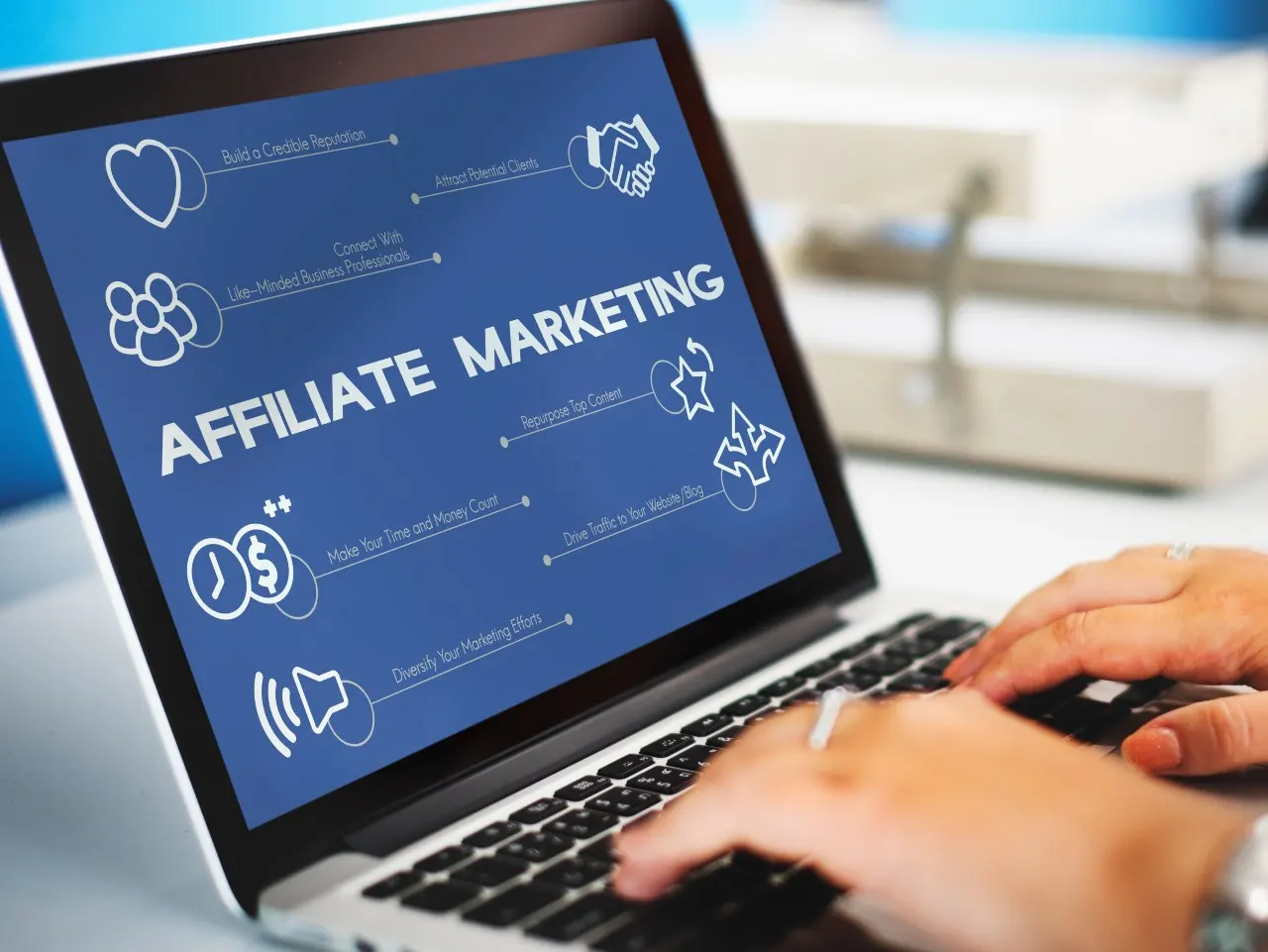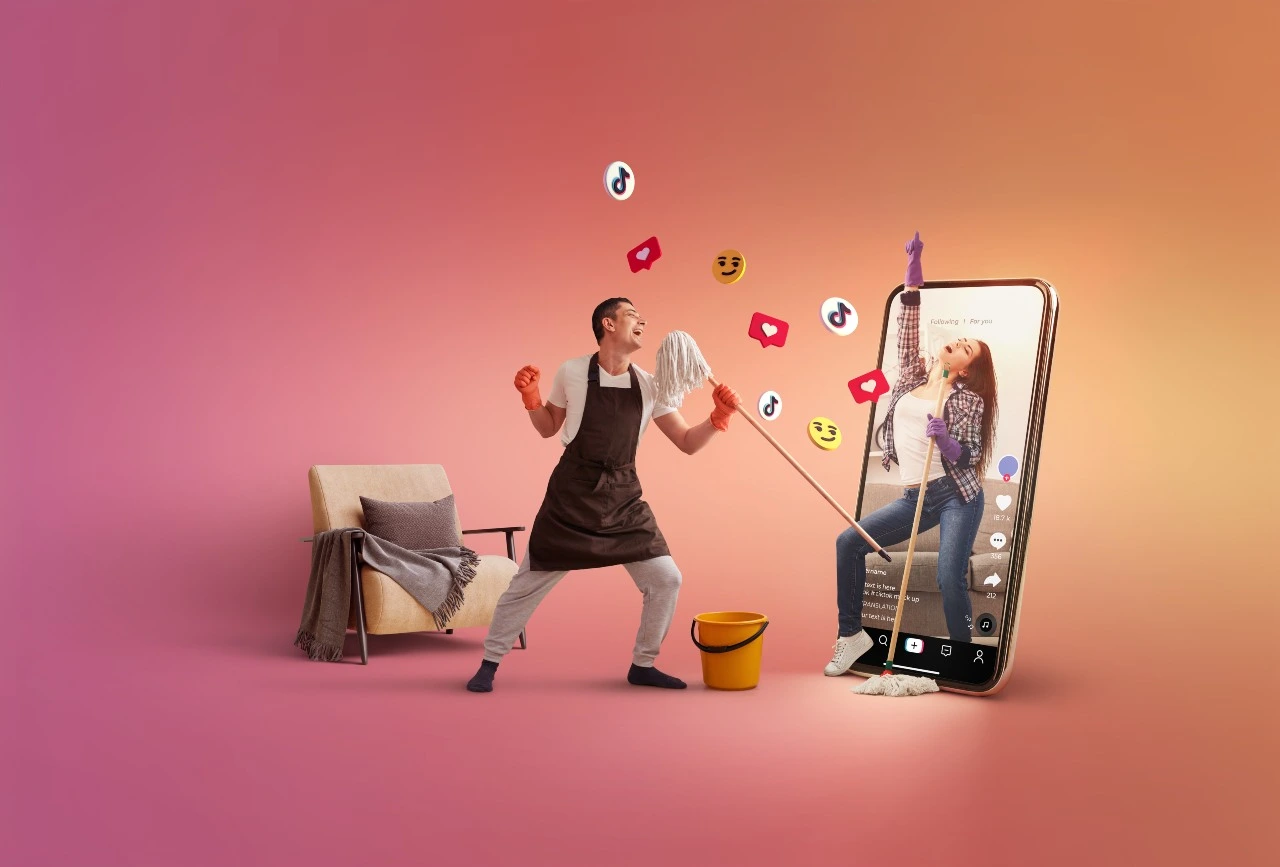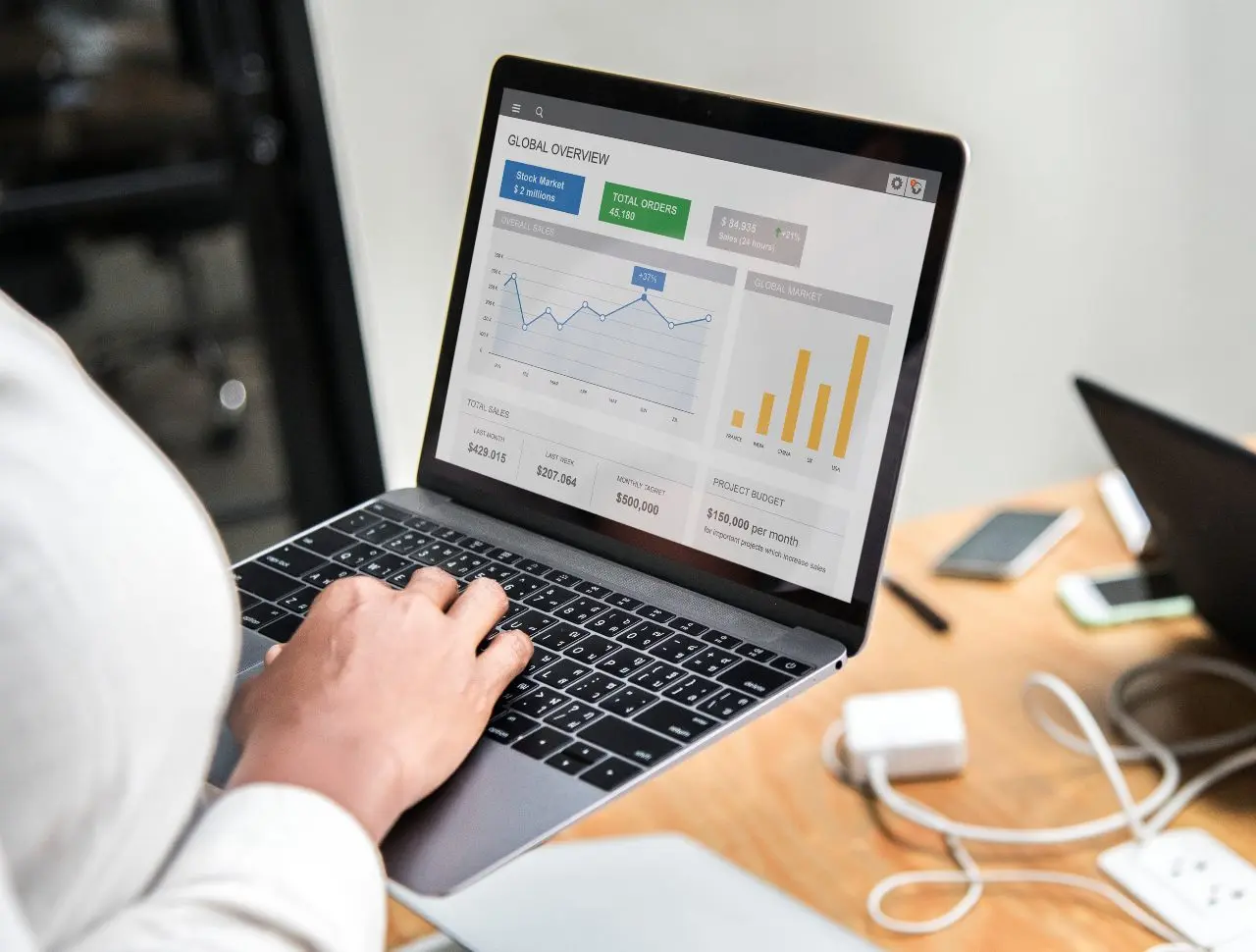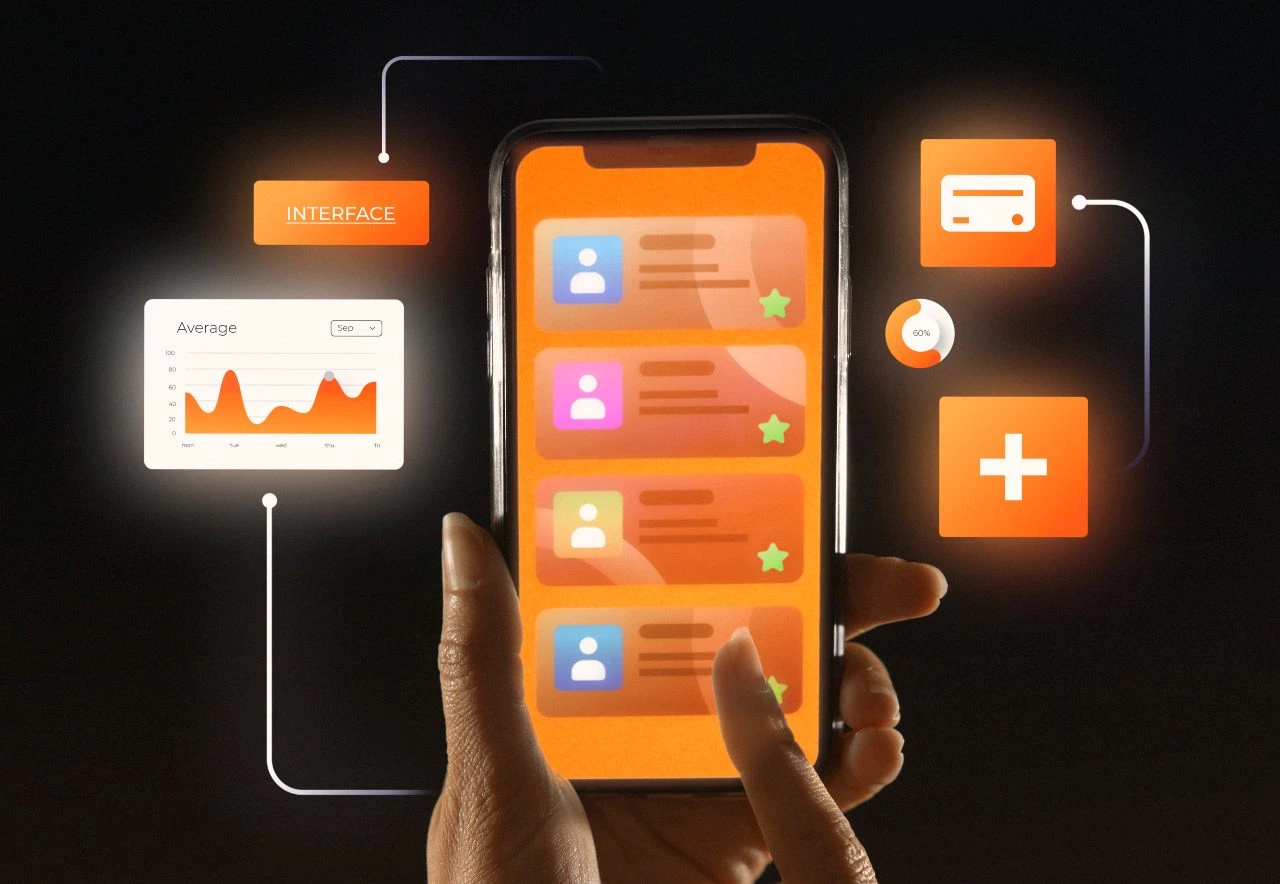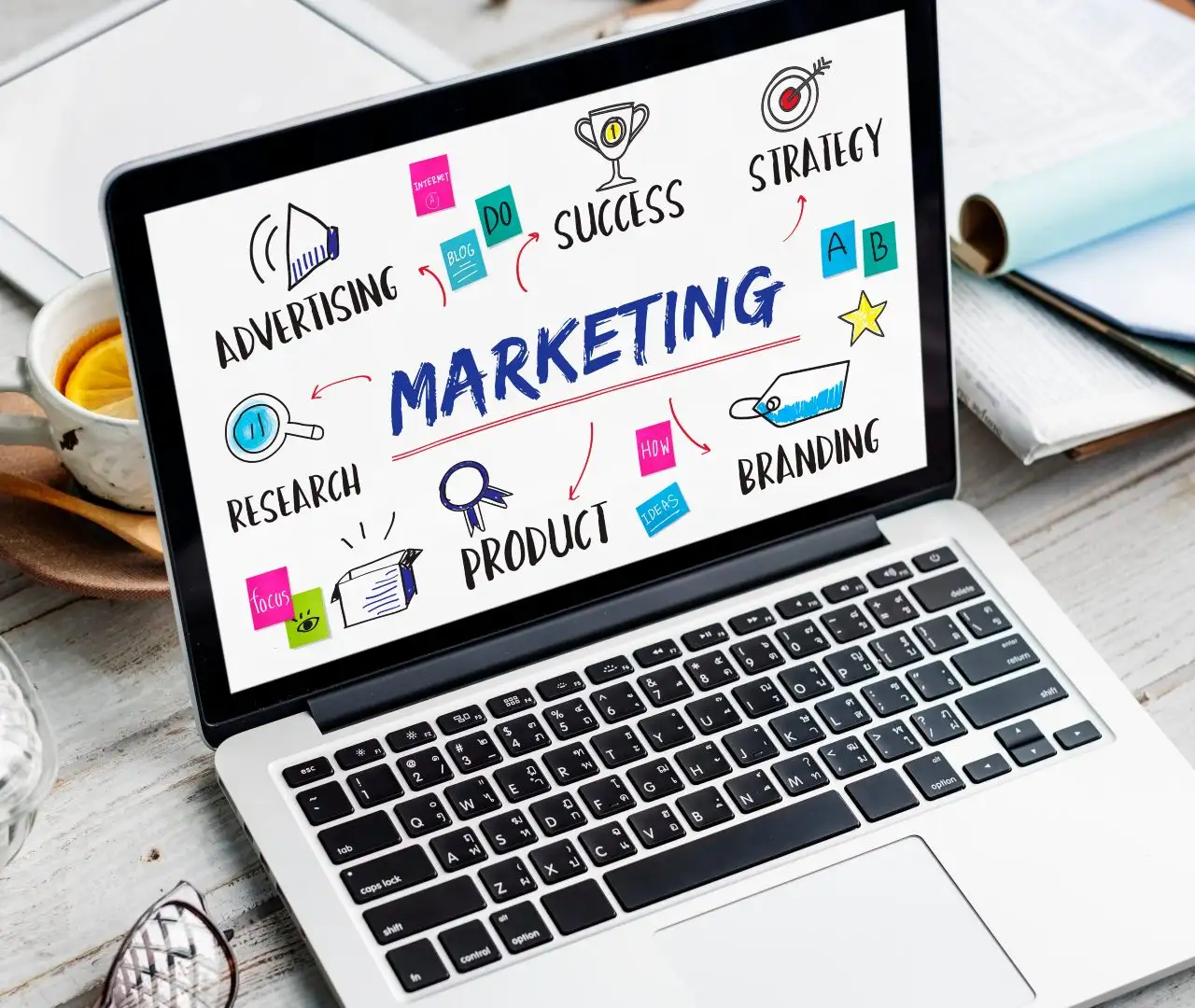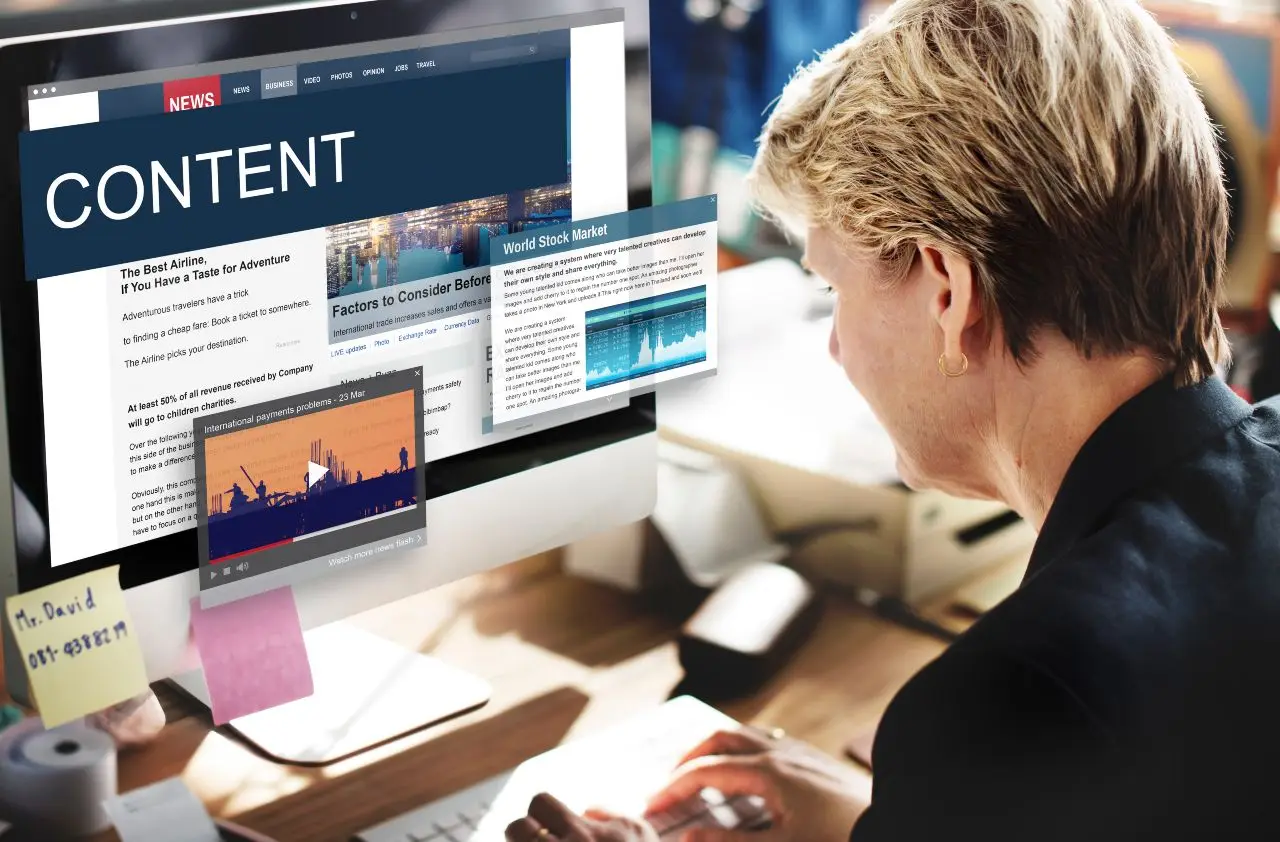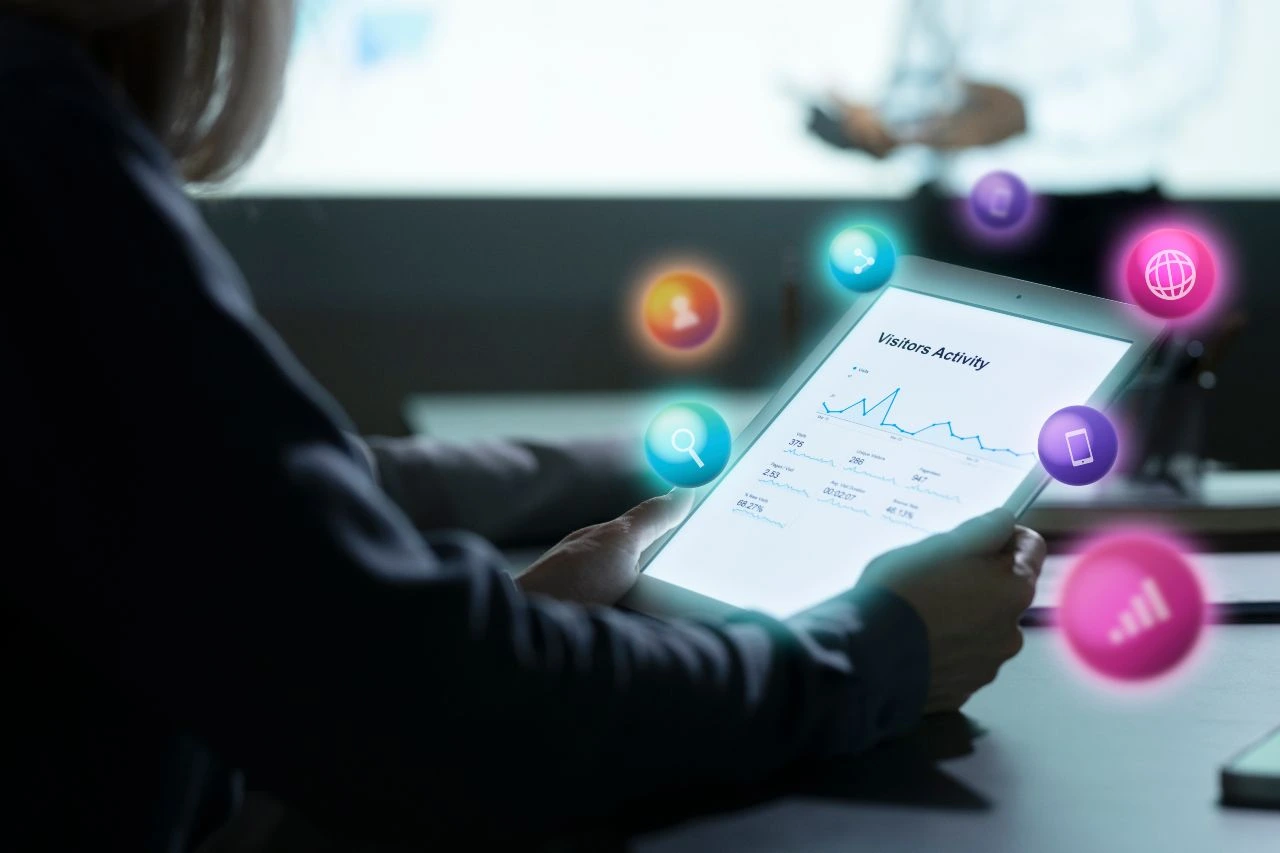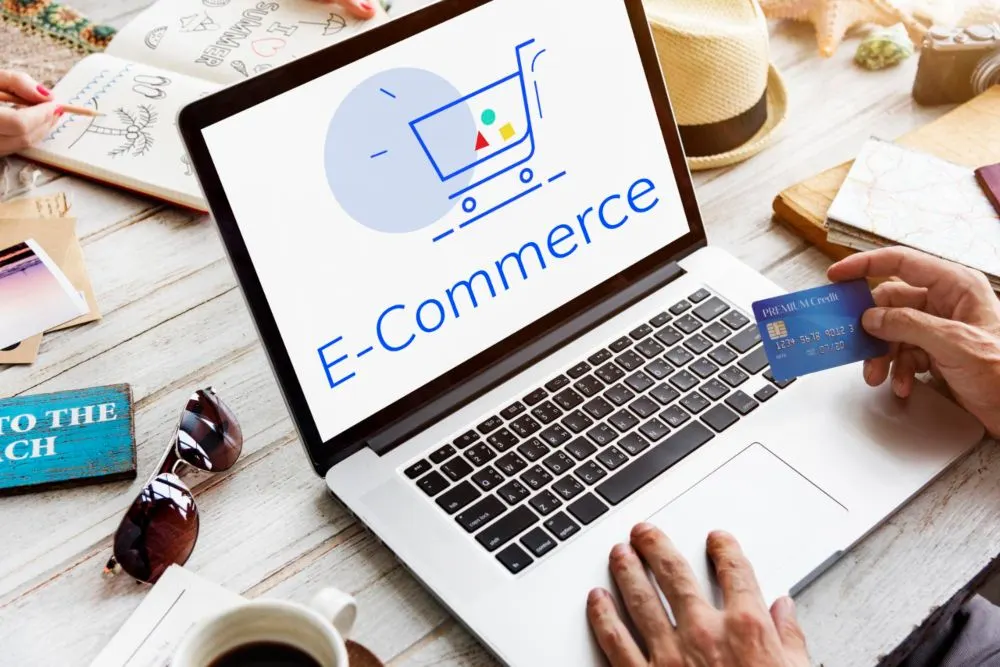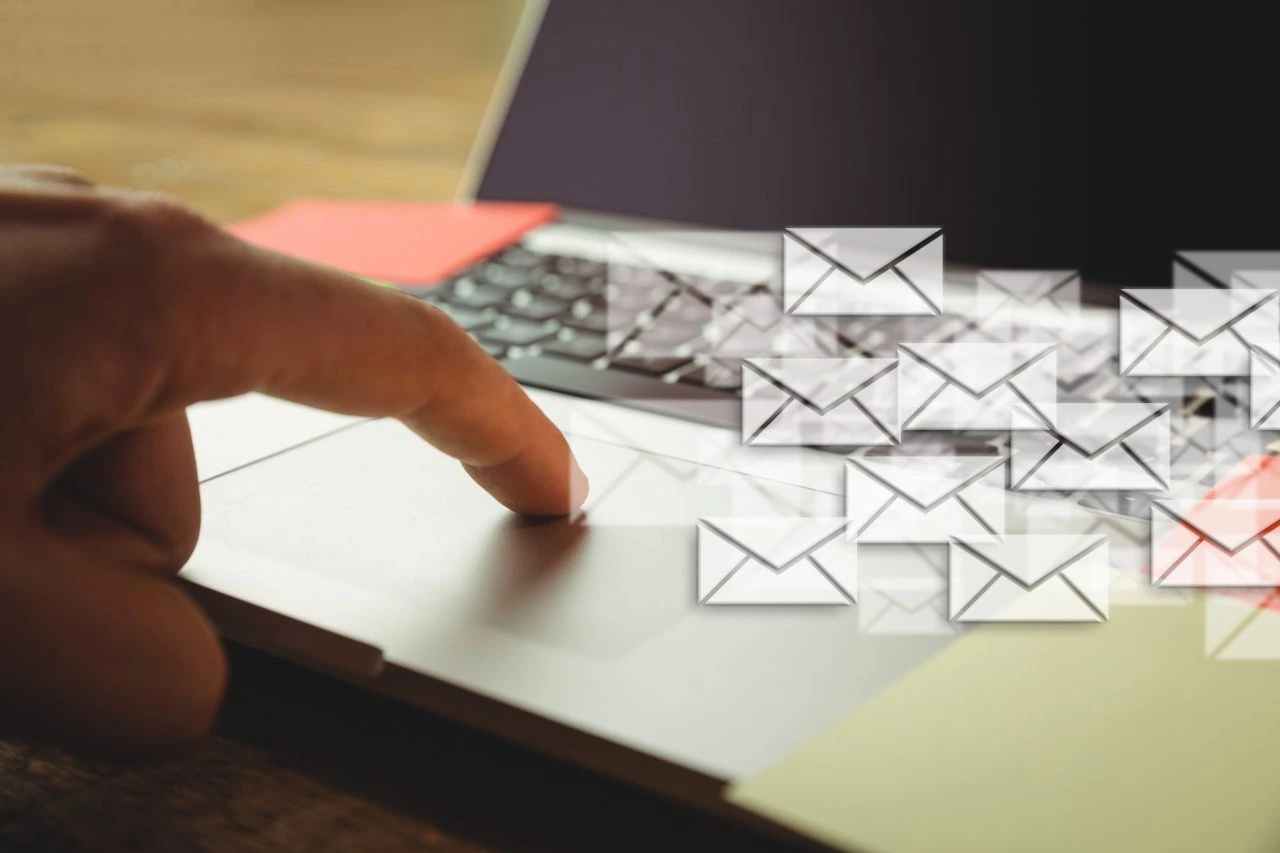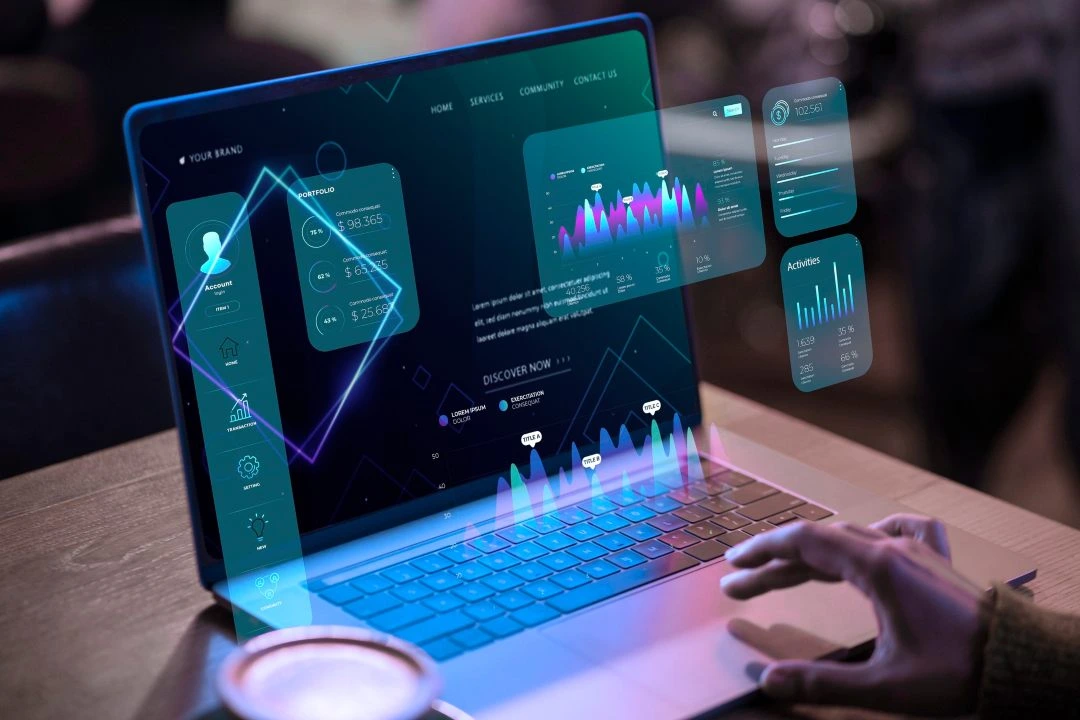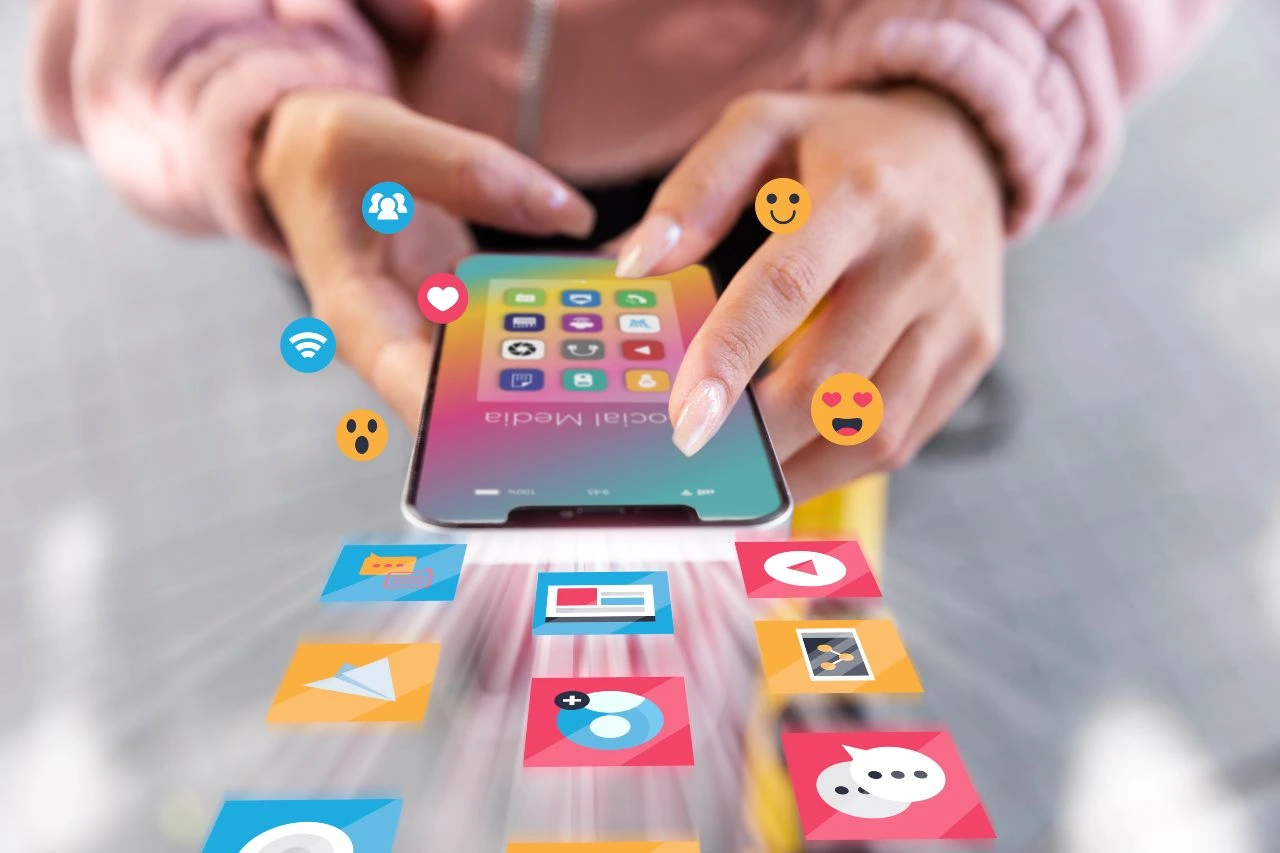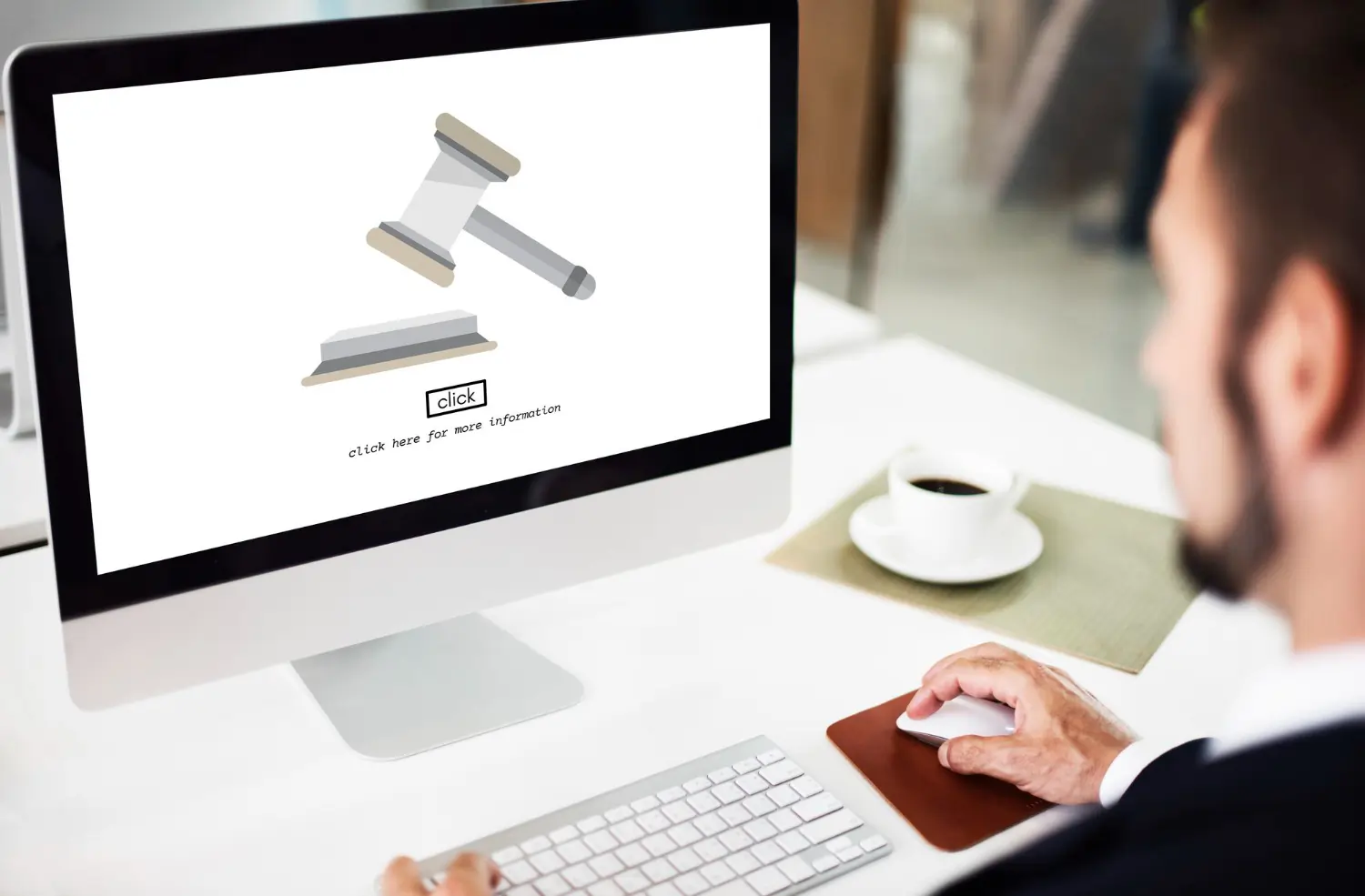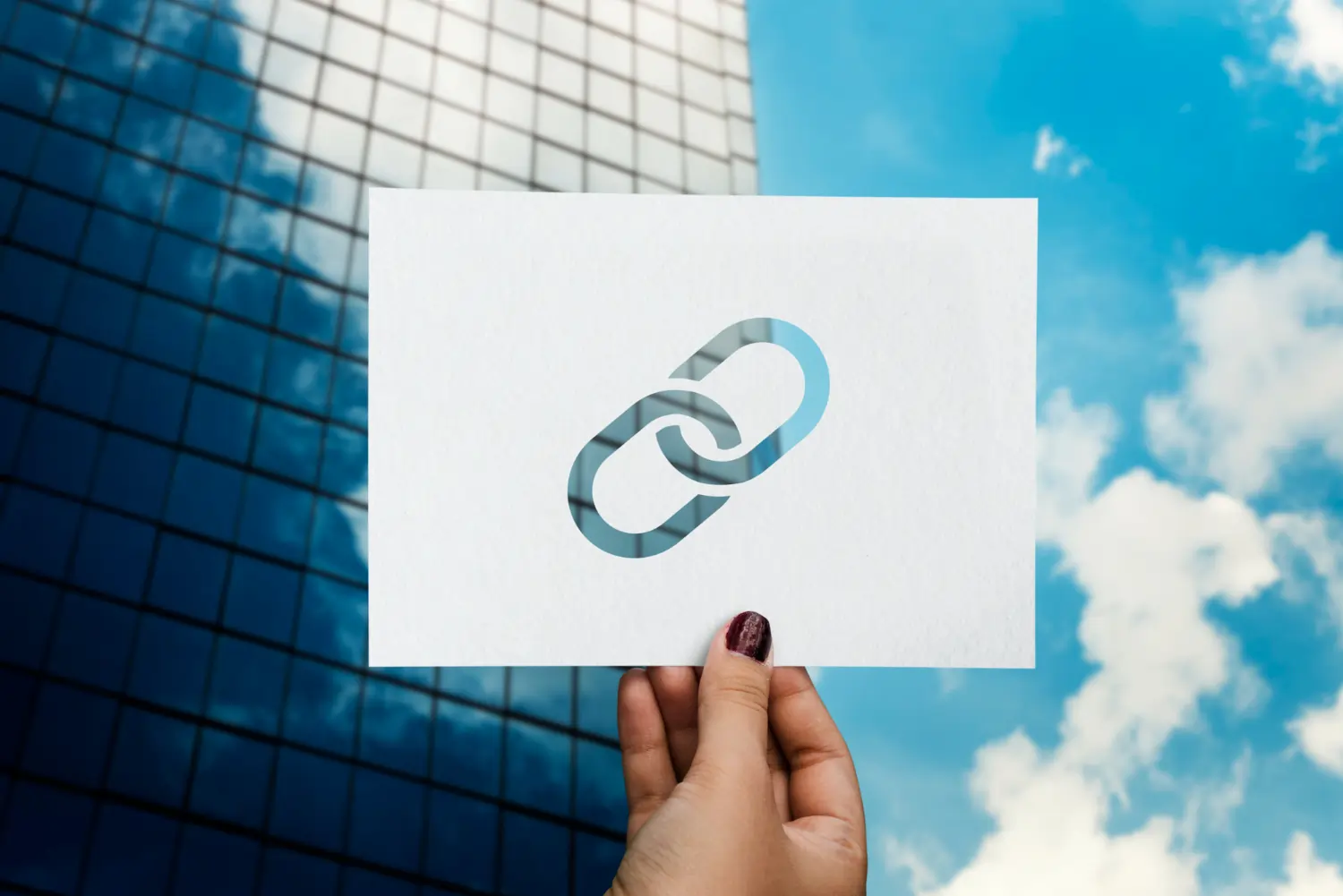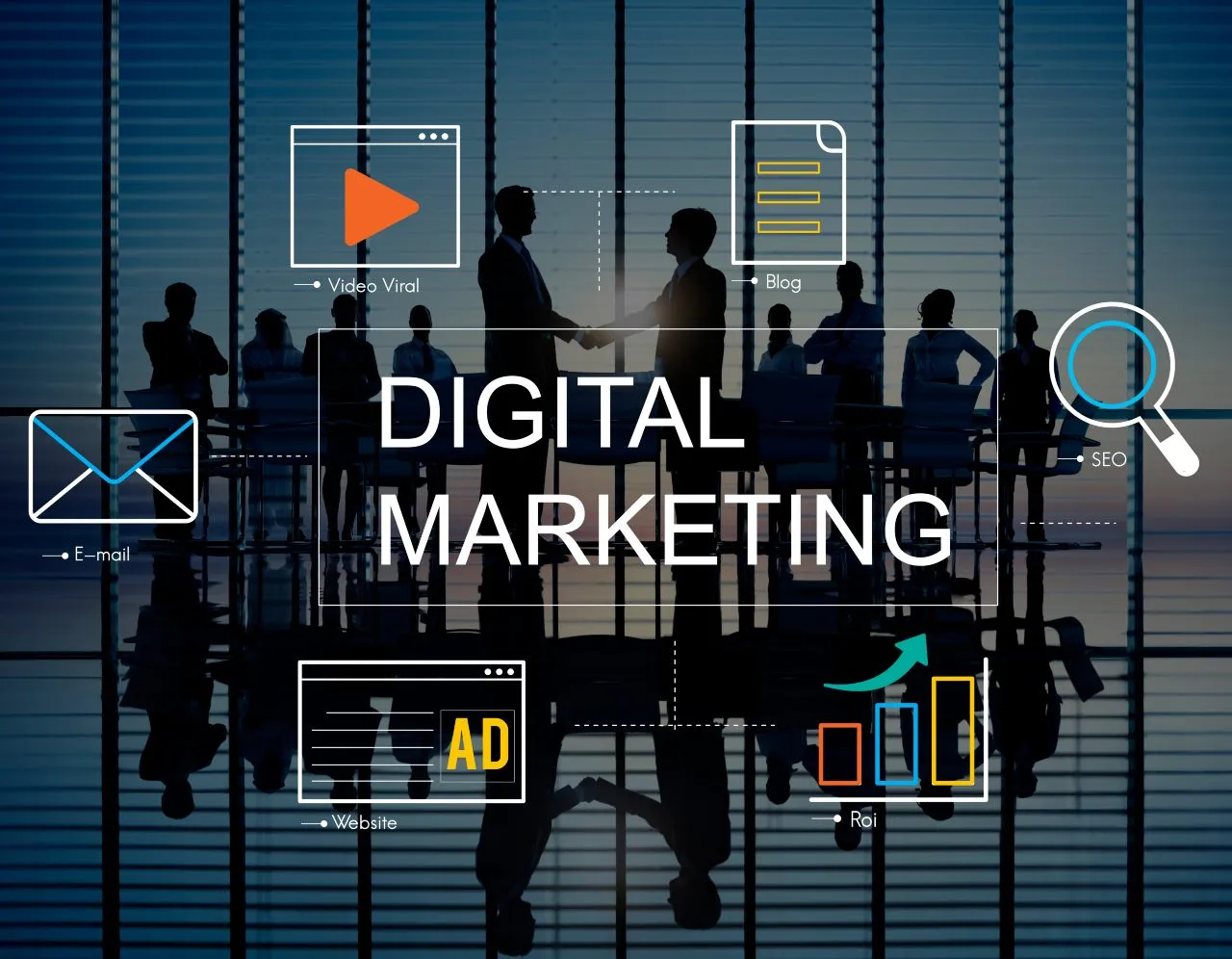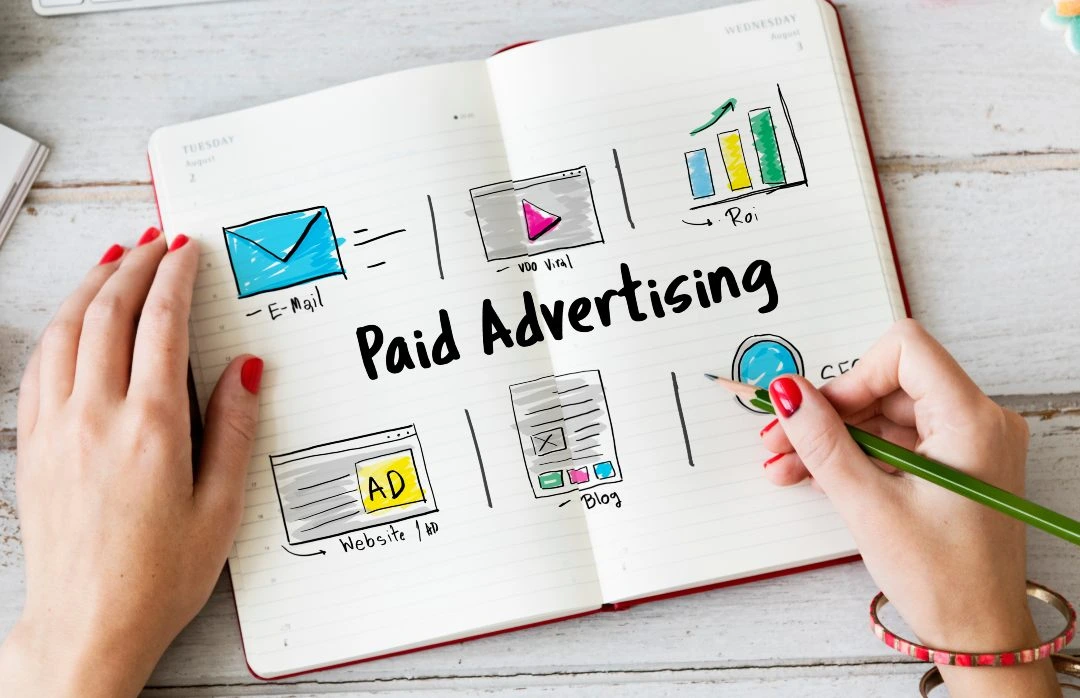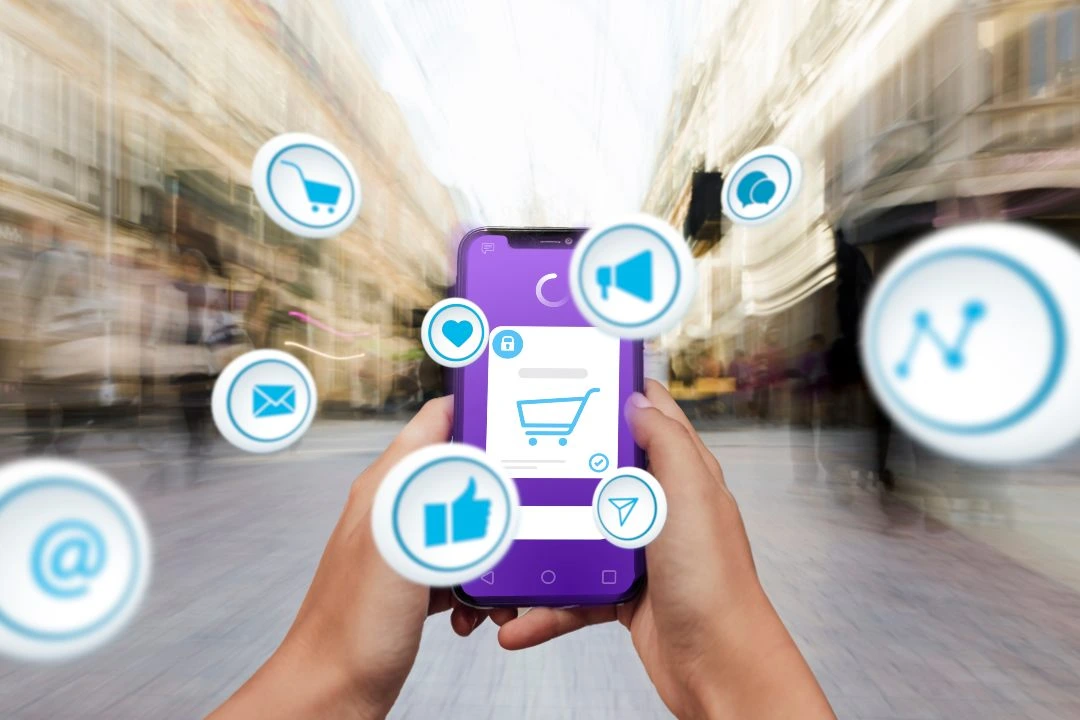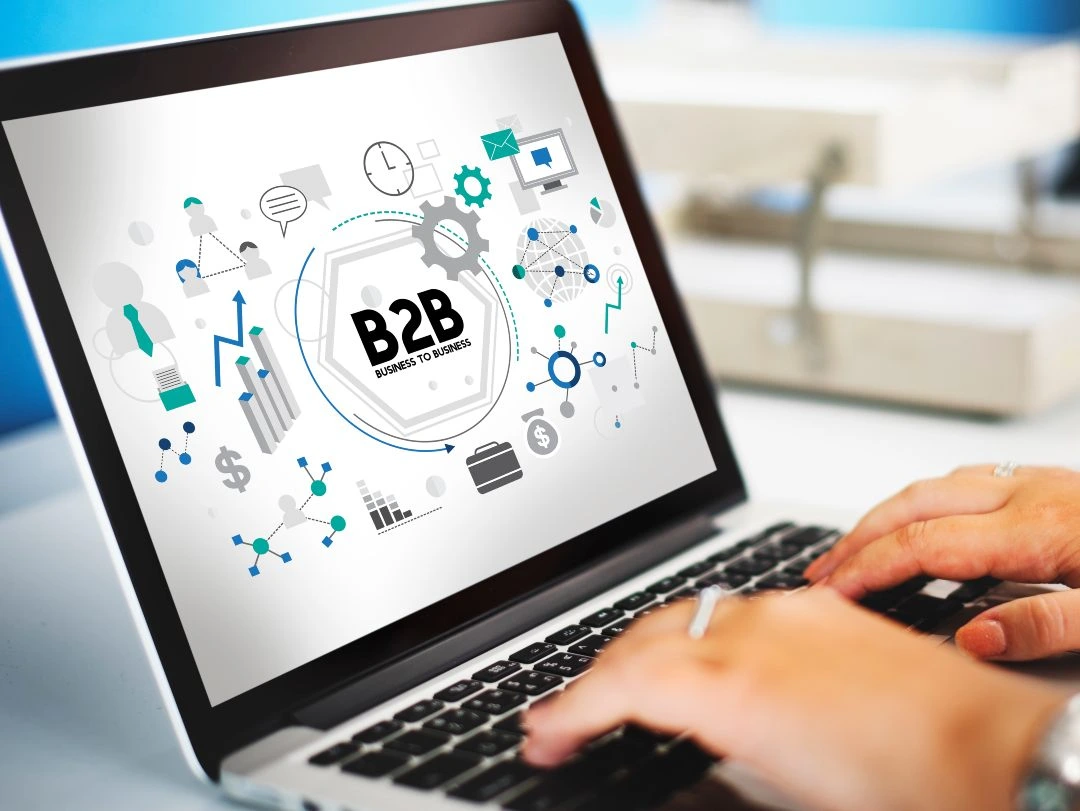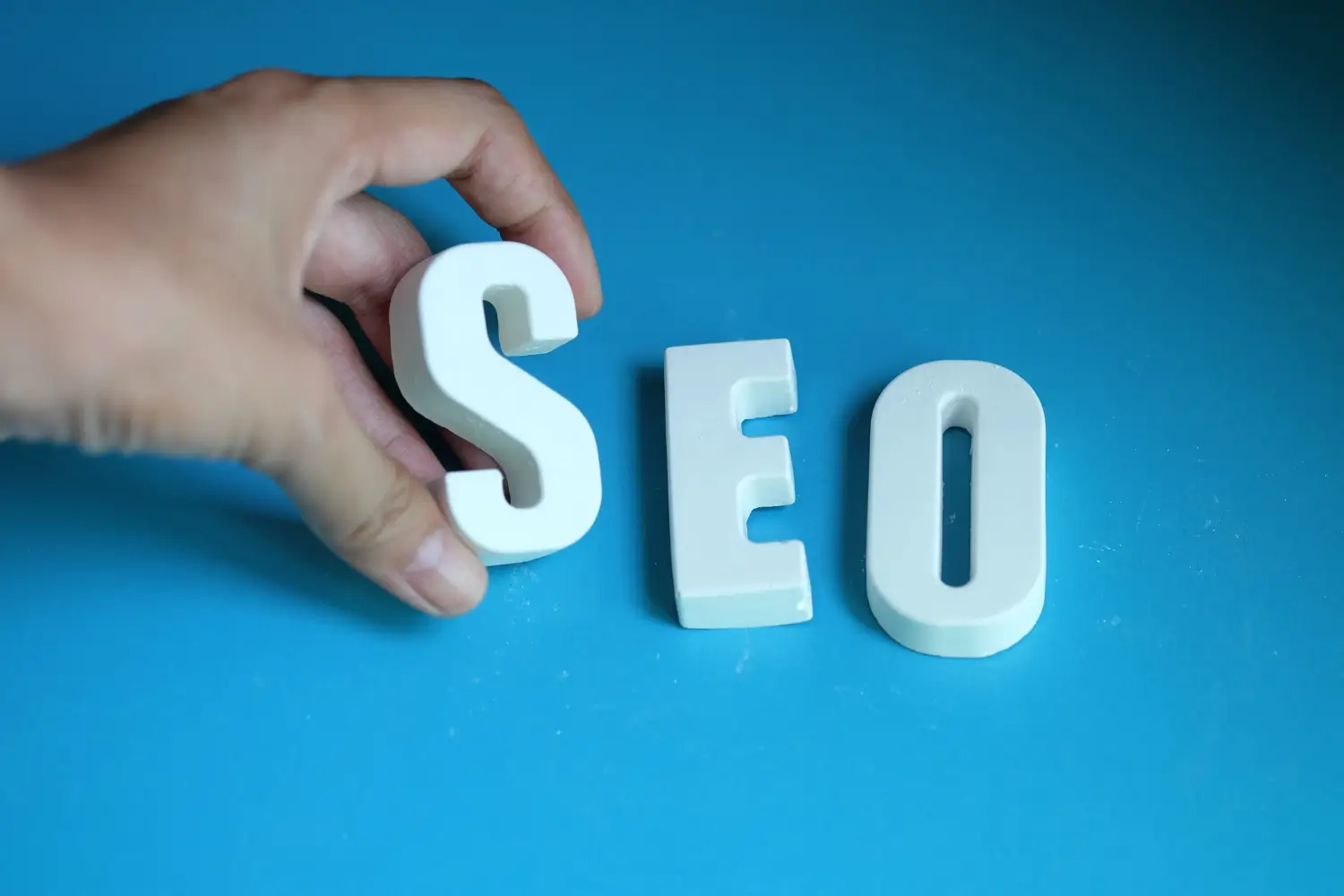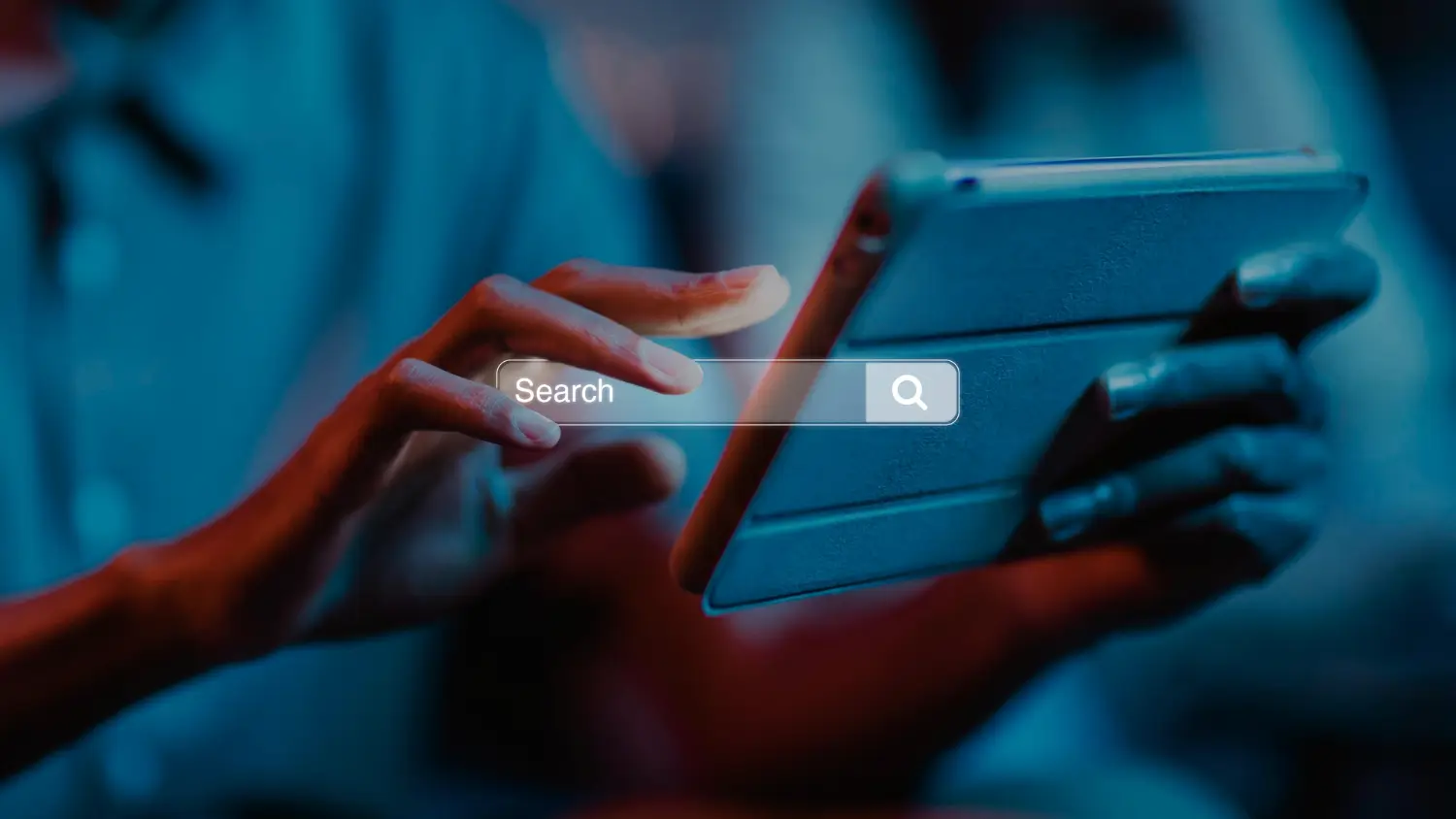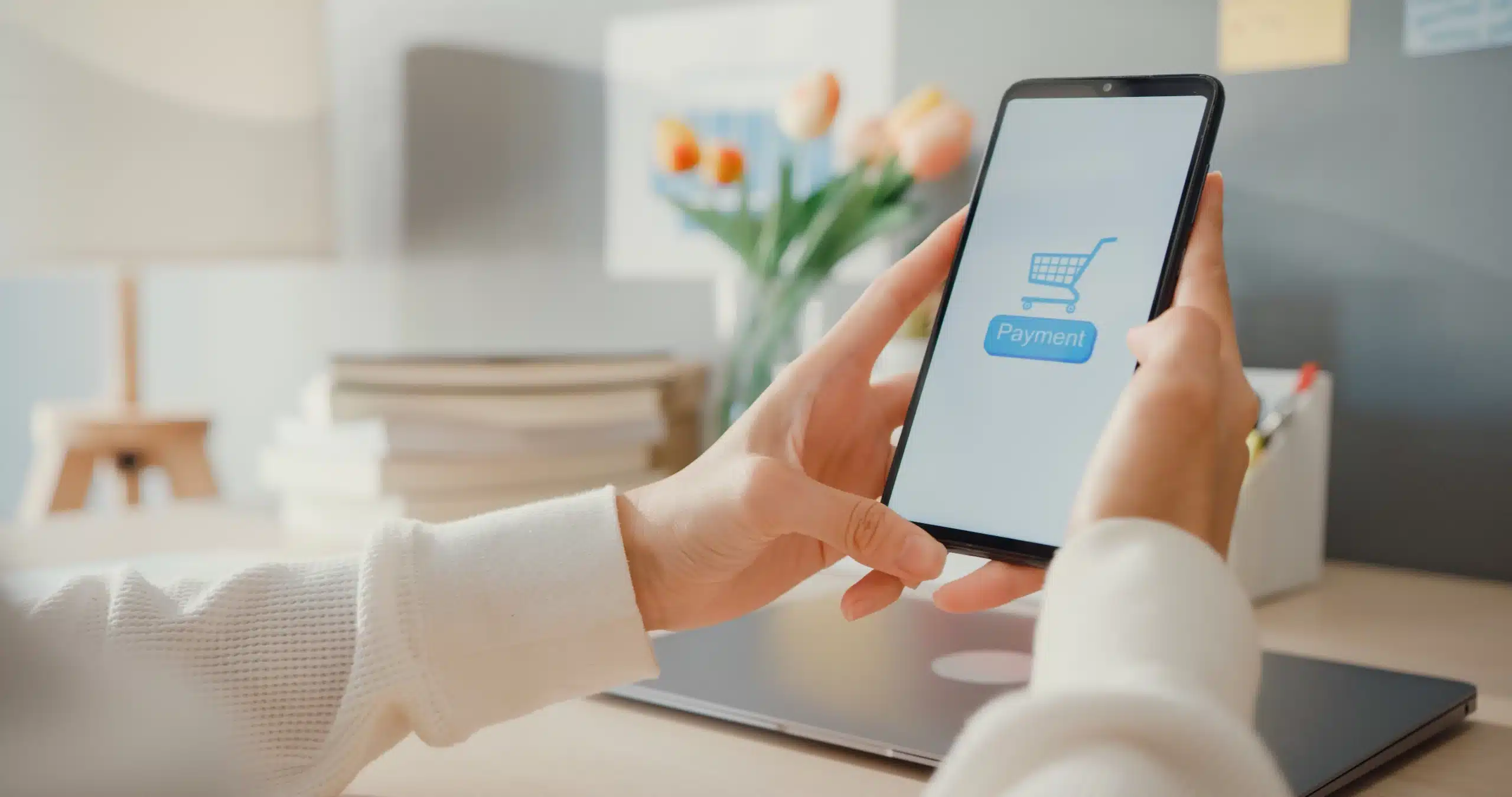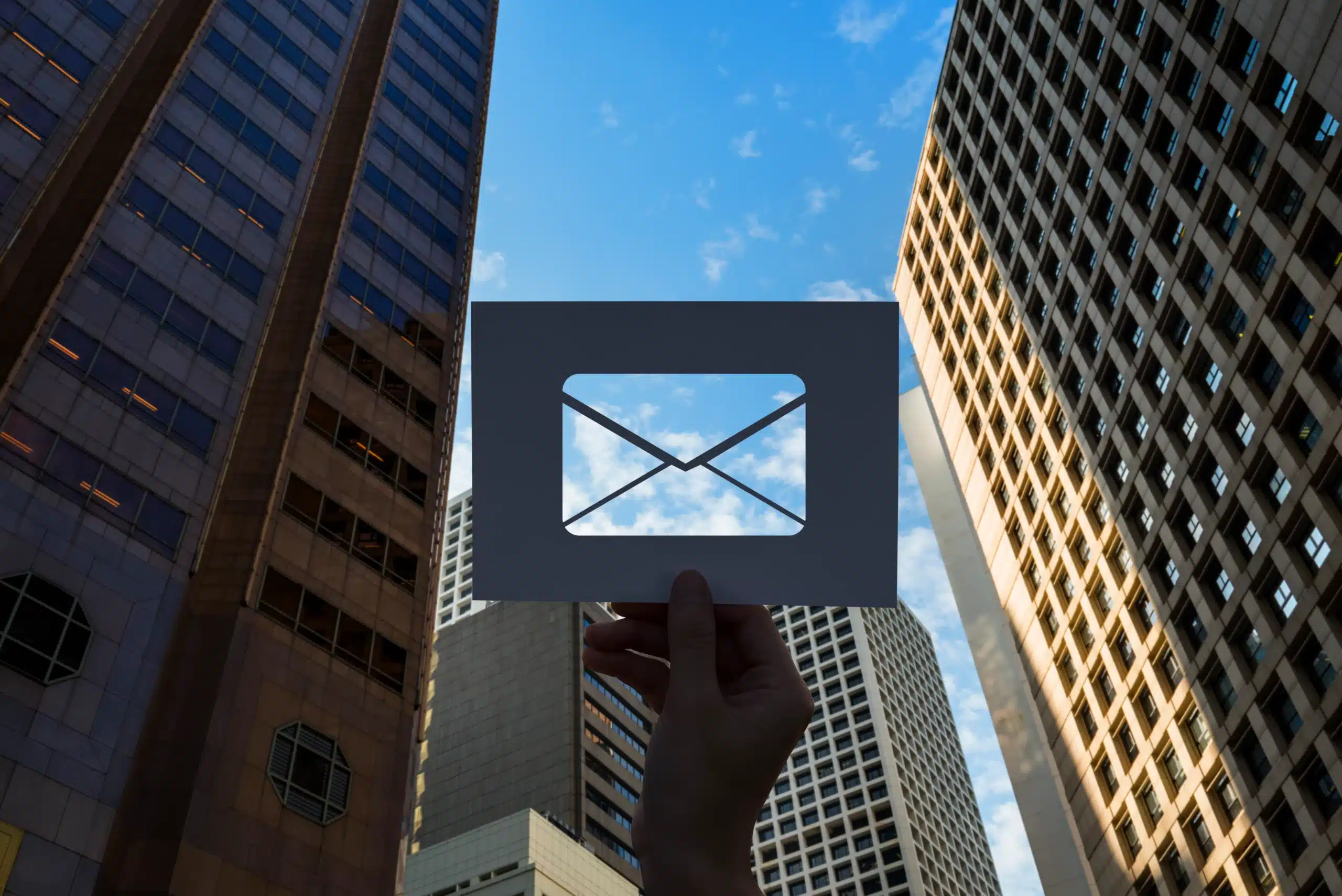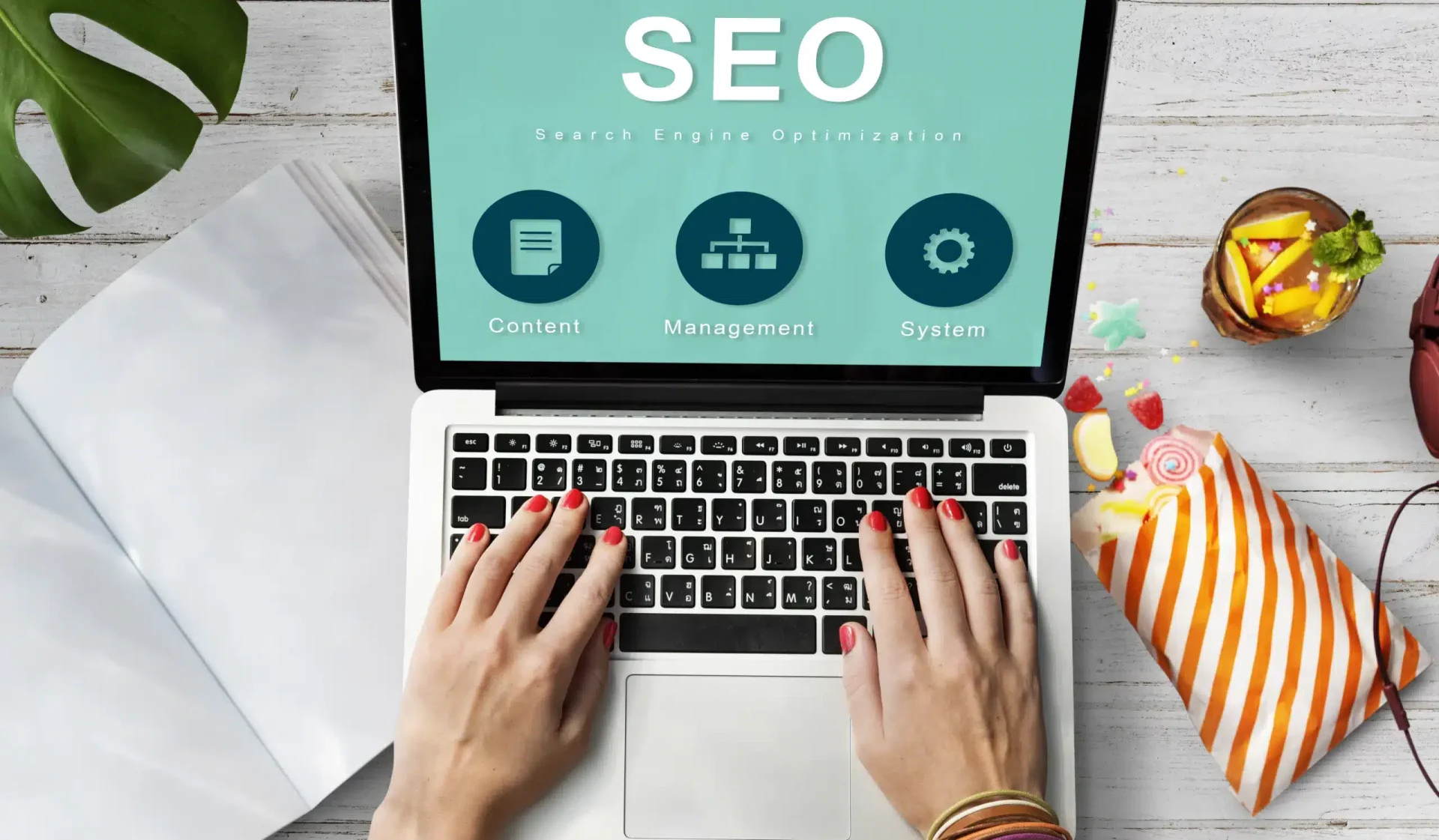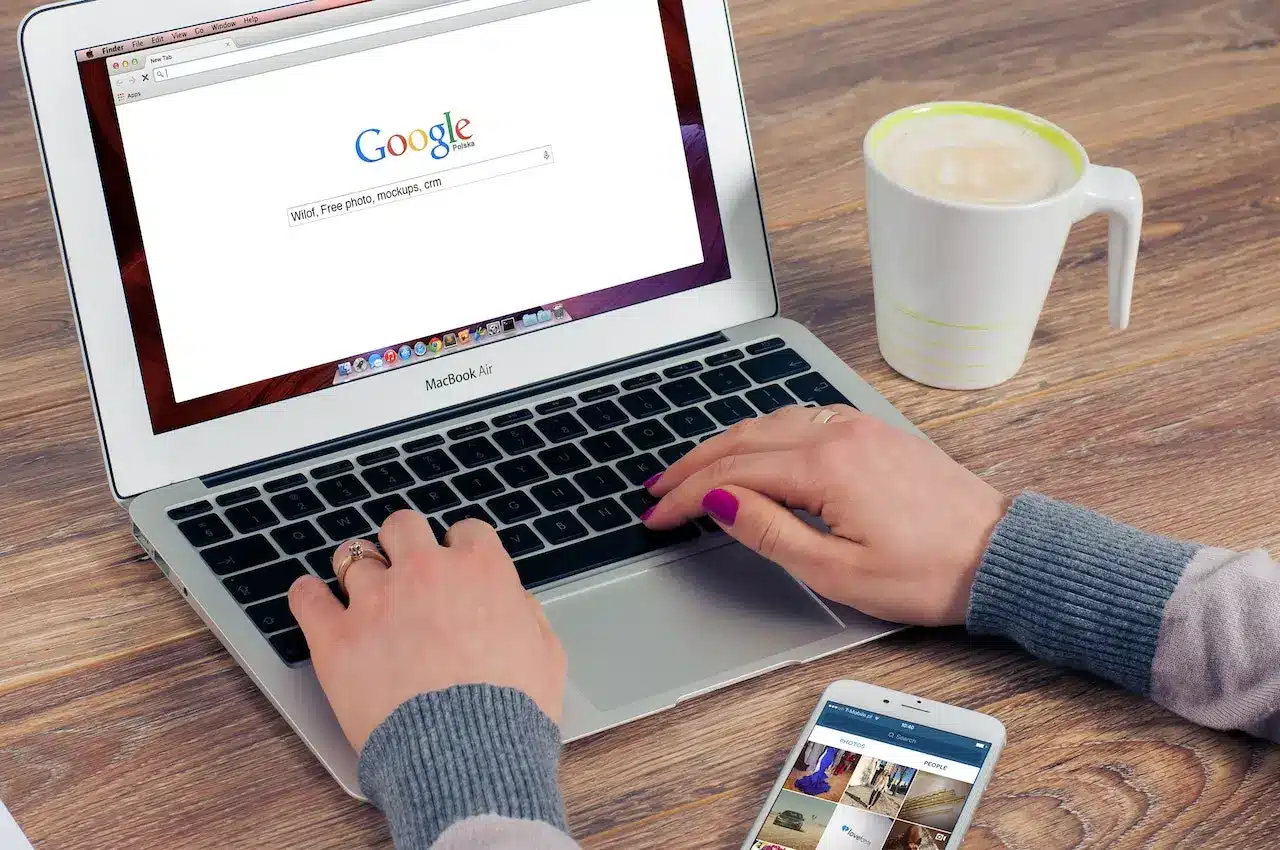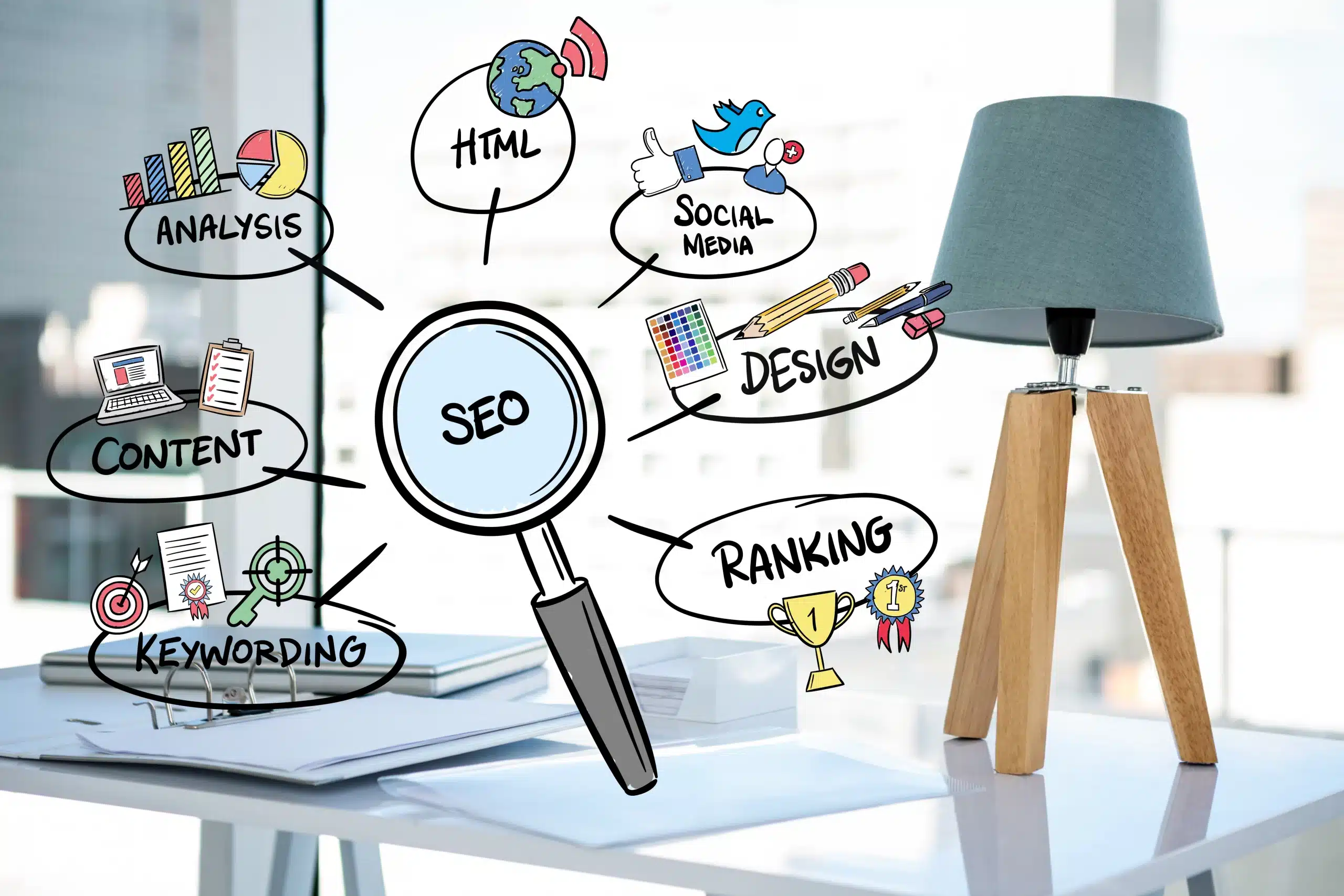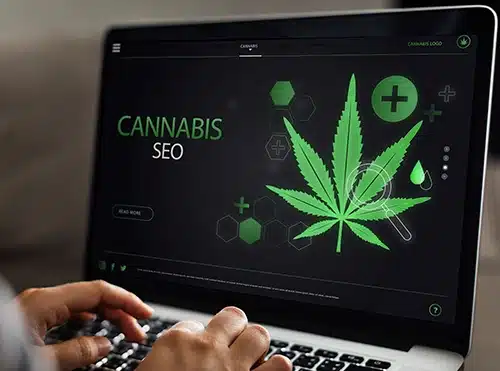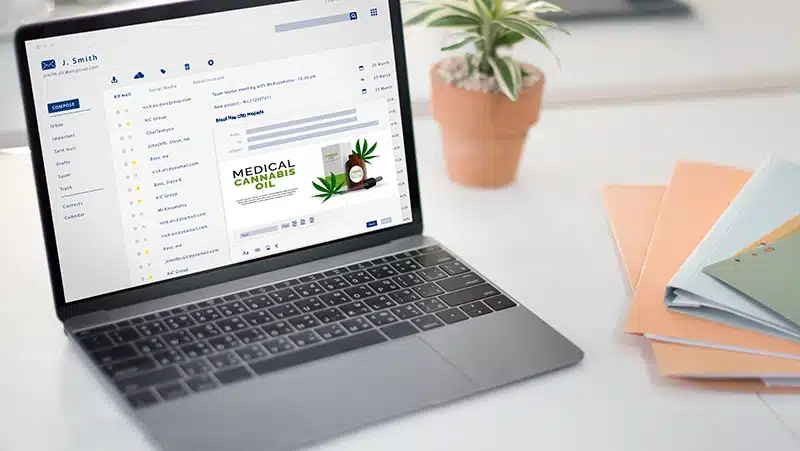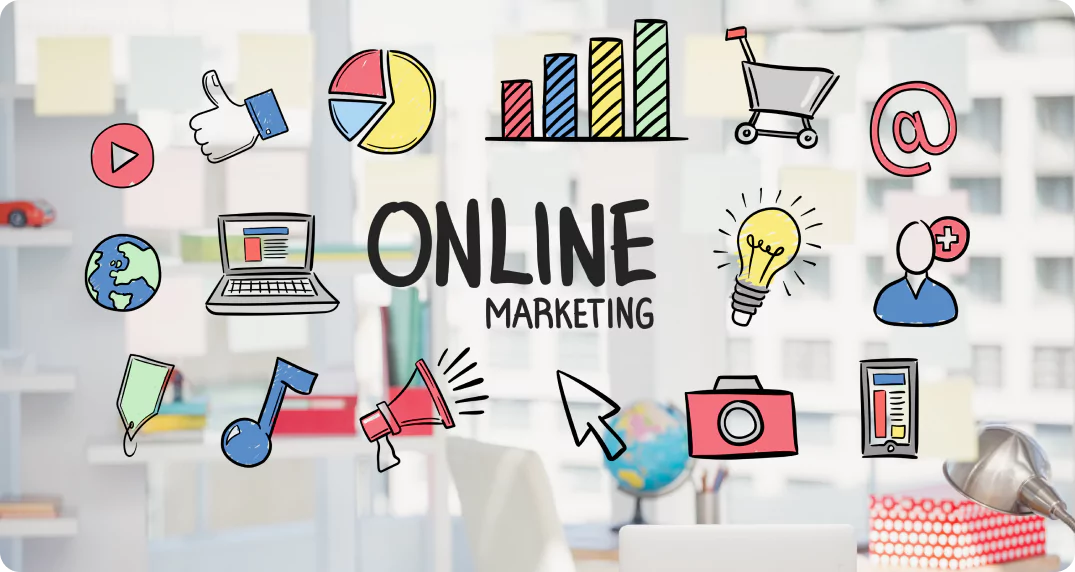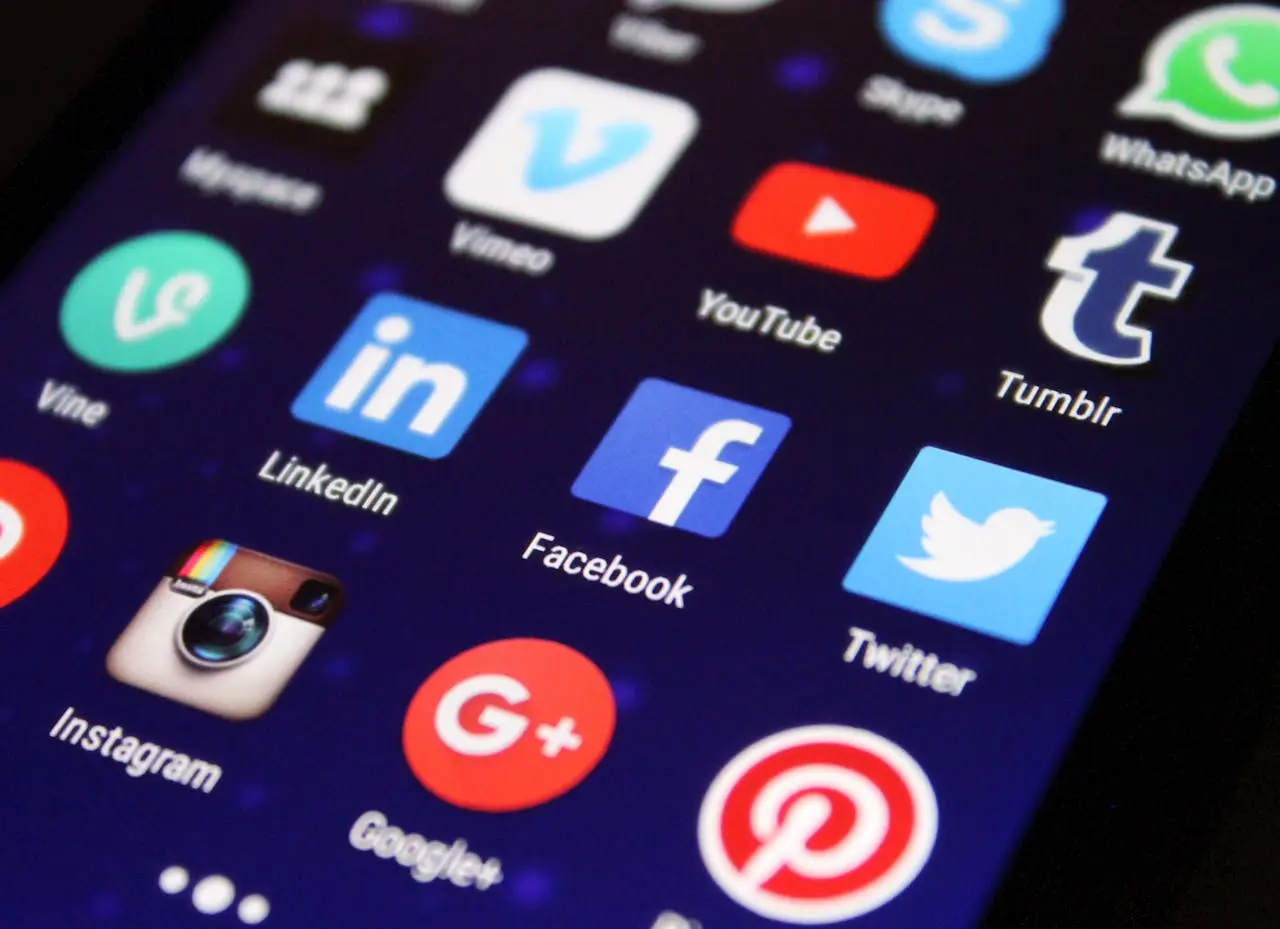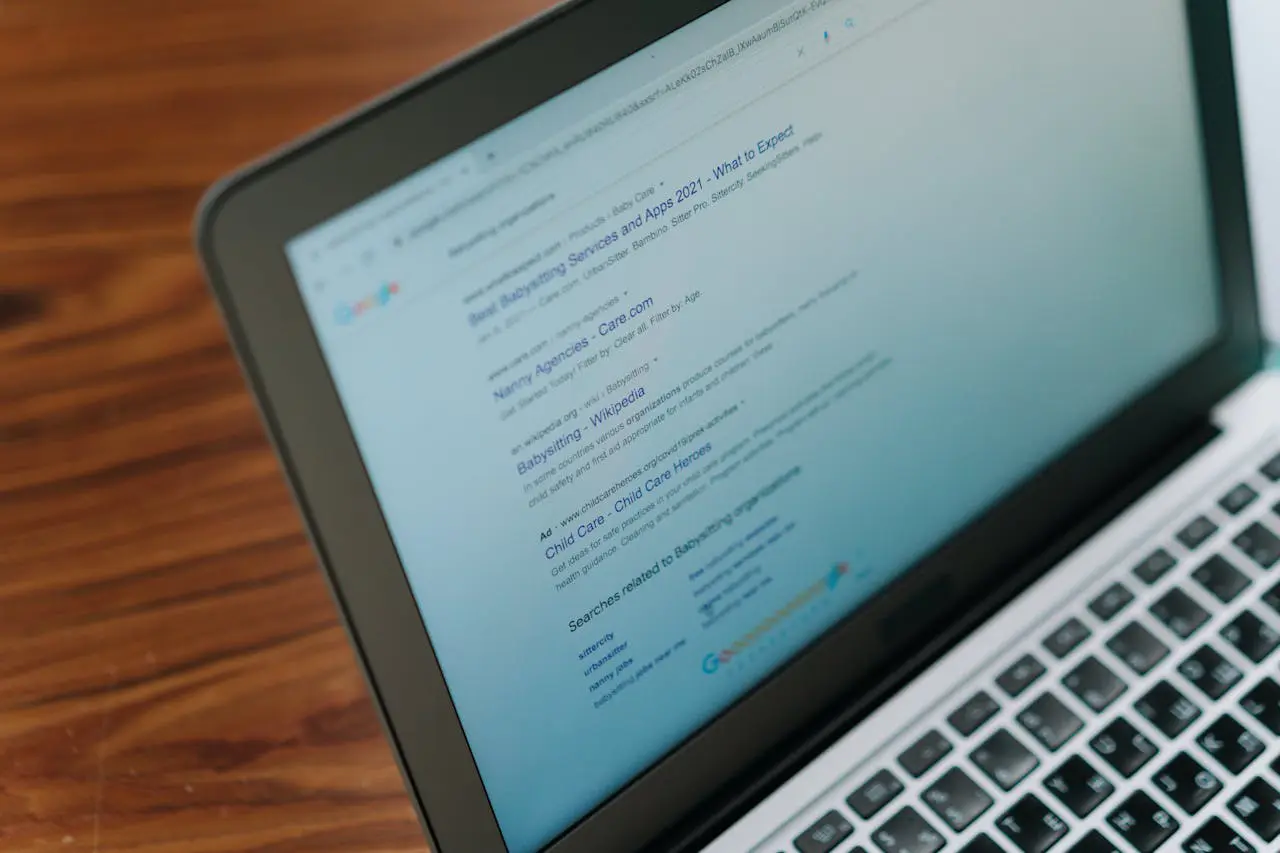Why Marketers Are Returning to Low-Friction Campaign Formats
Are you feeling the pressure to ramp up your marketing game this year? You’re not alone. Many marketers find themselves juggling multiple priorities, from driving new business to elevating customer experiences and maximizing marketing ROI. But what if there was a way to tackle these challenges more efficiently?
As we look ahead to 2025, marketers are seeking strategies that not only deliver results but also streamline their efforts. One approach gaining traction is “frictionless marketing campaigns.” These campaigns aim to remove obstacles and simplify the customer journey, making it easier for potential customers to engage with your brand and convert into loyal clients.
Let’s dive into some critical marketing statistics and explore how adopting low-friction campaign formats can lead to significant improvements in your marketing performance.
Unpacking the Real Obstacles to New Customer Acquisition
Securing new business is the engine that keeps growth alive, yet even experienced marketers find themselves hitting roadblocks as buyer expectations shift and competition intensifies. The ambition to win fresh customers remains unwavering, but many teams find their strategies falling short when it comes to execution and measurable results.
- An overwhelming 84% of marketers say that winning new business is their top focus. Source
- Yet, only 27% believe they’re achieving this objective effectively. Source
- Nearly half (48%) of B2B marketers point to lead volume as their biggest pain point. Source
- And even when leads are generated, 24% say they struggle to convert interest into revenue. Source
The data paints a picture of marketers wrestling with both the front and back ends of the customer journey—from generating enough qualified leads to actually closing deals. What’s clear is that traditional tactics aren’t always keeping up with changing buyer behavior and market dynamics. To truly move the needle, marketers need to embrace lower-friction campaigns and focus on optimizing every touchpoint for simplicity and value.
Pro Tip: Audit your existing lead flow and pinpoint friction points—whether it’s overly complex forms, unclear value propositions, or missed follow-up opportunities. By minimizing resistance and doubling down on high-intent prospects, you’ll boost both lead quality and conversion rates where it counts most.
For businesses navigating these challenges, adopting a B2B website strategy that prioritizes seamless user experiences can make a significant impact. From streamlining website layouts to refining the call-to-action process, aligning digital assets with customer expectations is a critical step toward enhancing lead generation and conversion efforts.
Personalization: The New Standard in Patient Experience
Healthcare consumers have grown accustomed to effortless, customized service in almost every area of their lives, and they now bring those same standards to their providers. Patients aren’t just comparing one clinic to another—they’re measuring healthcare interactions against the best digital experiences they encounter elsewhere. The pressure is on for providers to not just meet, but exceed, these expectations through meaningful personalization at every touchpoint.
- 80% of customers say the experience a company provides is as vital as its products or services. Salesforce
- Personalization is especially critical during phone interactions—patients expect individualized attention in real time. Invoca
- 49% of patients feel that providers who personalize communications truly value their business. Invoca
- 47% of patients are more likely to select a provider that personalizes their experience, highlighting a clear link between tailored interactions and patient loyalty. Invoca
What sets leading healthcare brands apart is their ability to weave personalization seamlessly into every step of the patient journey—from digital forms and proactive reminders to empathetic, informed conversations over the phone. Small touches, like referencing past visits or preferred communication channels, can transform routine outreach into a loyalty-building interaction.
Pro Tip: Use behavioral and historical data from appointment systems, call logs, and web interactions to anticipate patient needs and personalize every exchange—especially voice calls, which remain a critical trust-building channel in healthcare. For smaller clinics or businesses looking to create a personalized patient experience without overextending resources, exploring digital marketing strategies for small businesses can provide guidance on leveraging technology to streamline and enhance interactions.
Leaner, Smarter Email Campaigns: Unlocking Higher Engagement and ROI
Cluttered inboxes haven’t dulled the impact of email—in fact, it remains one of the most profitable channels for marketers ready to simplify and personalize their approach. As brands compete for attention, focusing on streamlined messaging and data-driven tweaks can elevate results without overwhelming recipients. With the majority of consumers still favoring email as their preferred touchpoint, there’s never been a better moment to optimize for clarity and relevance.
- Email marketing boasts an impressive average ROI of 4200%.
- 60% of consumers prefer to be contacted by brands via email, making it the favored channel over alternatives like SMS or social media.
- 88% of email users check their inbox several times a day, and 27% check it between 10–20 times daily.
- 47% of recipients decide to open an email based solely on the subject line.
- Including the word “newsletter” can drag down engagement, with 18.7% of recipients less likely to click when they see it in the subject.
What these numbers make clear is that successful email marketing isn’t about sending more—it’s about sending better. Prioritize subject lines that spark interest without relying on tired buzzwords, and use your customer data to deliver messages that feel tailored, not templated. With inbox activity showing no signs of slowing, even small improvements in your email strategy can result in significant gains.
Pro Tip: Elevate your performance by continually A/B testing both subject lines and email layouts. Track which wording, formats, and send times drive the best engagement—and don’t be afraid to retire underperforming elements. Precision and adaptability are your best tools to stand out in crowded inboxes.
Conclusion
The journey toward mastering frictionless marketing campaigns in 2025 lies in addressing the barriers that prevent seamless customer acquisition and retention. As the statistics reveal, marketers are grappling with challenges in lead generation, meeting heightened customer expectations, and optimizing email marketing strategies. However, the solutions lie in adapting to evolving consumer behaviors—streamlining funnels, personalizing interactions, and simplifying email campaigns. These efforts not only enhance the customer experience but also drive tangible results, from higher conversion rates to improved ROI.
The key takeaway is clear: low-friction campaigns are not just a trend but a necessity in an increasingly competitive landscape. By reducing complexities and focusing on creating effortless user experiences, marketers can position their brands for long-term success. Whether it’s through leveraging data for hyper-personalization or fine-tuning your email strategies, the opportunities for growth are immense.
Ready to boost your traffic and grow your website? Your customers are looking for you, and our SEO services can help you be found across search engines. Let’s work together to make your marketing campaigns as effortless and impactful as they can be!







